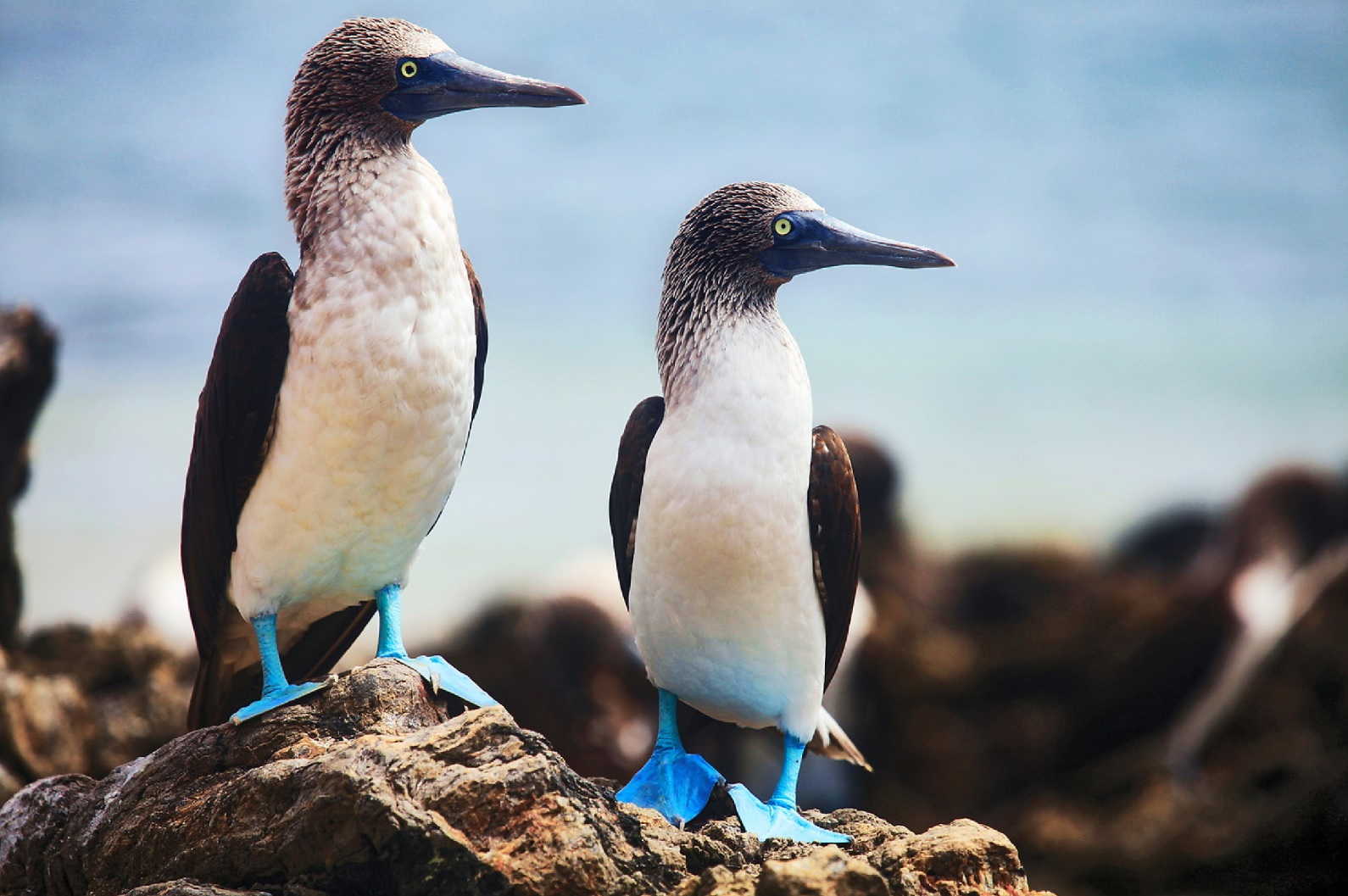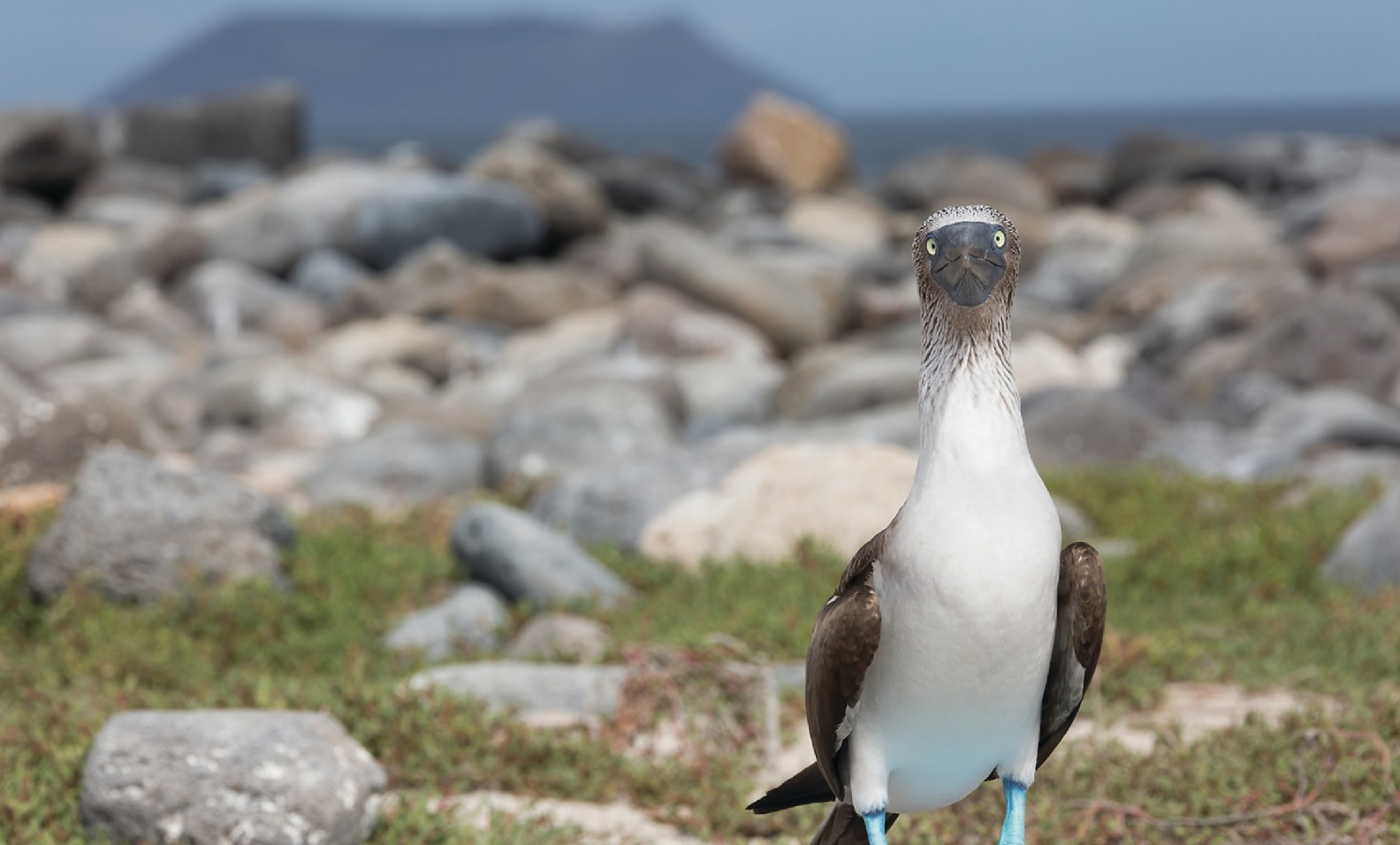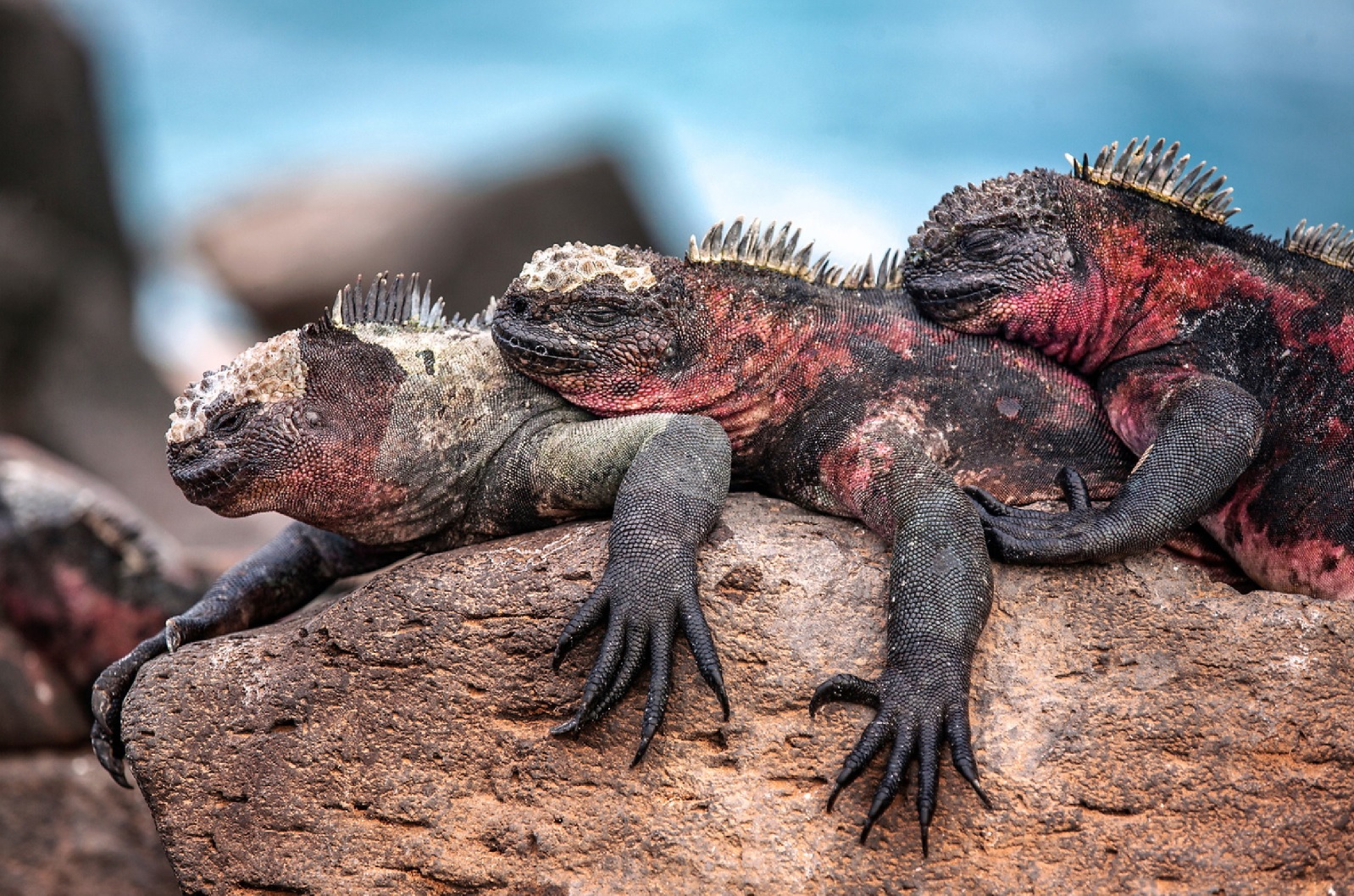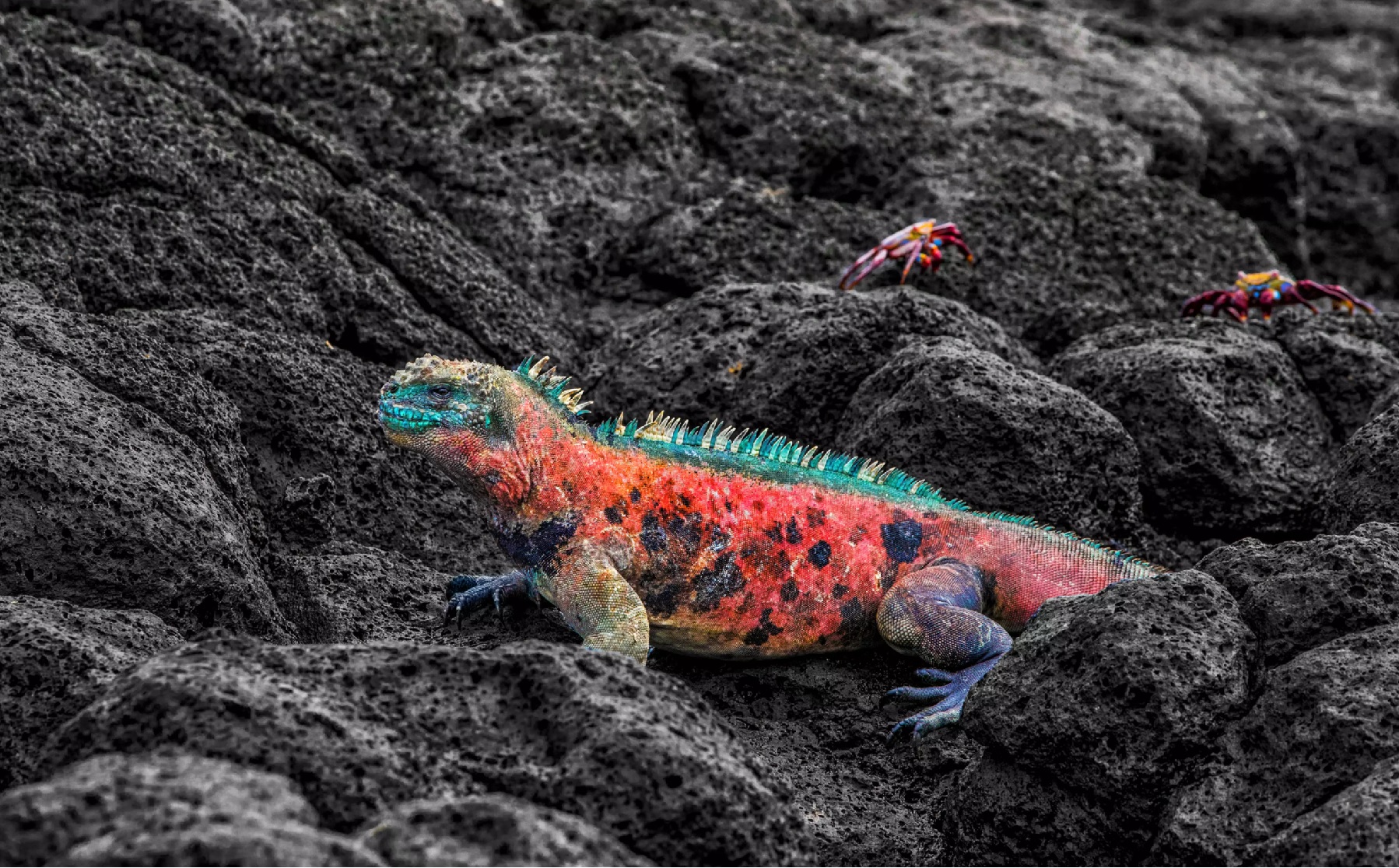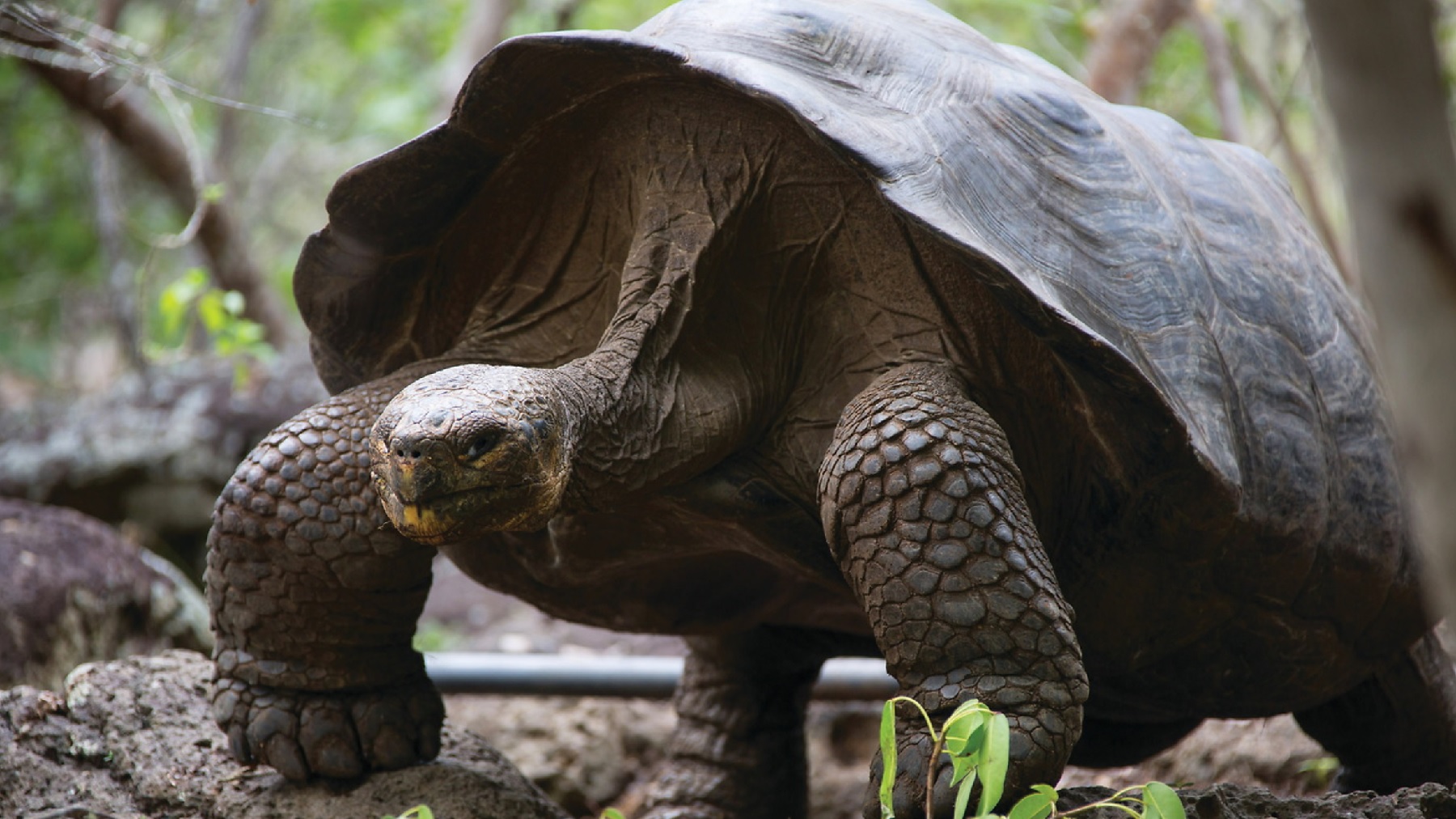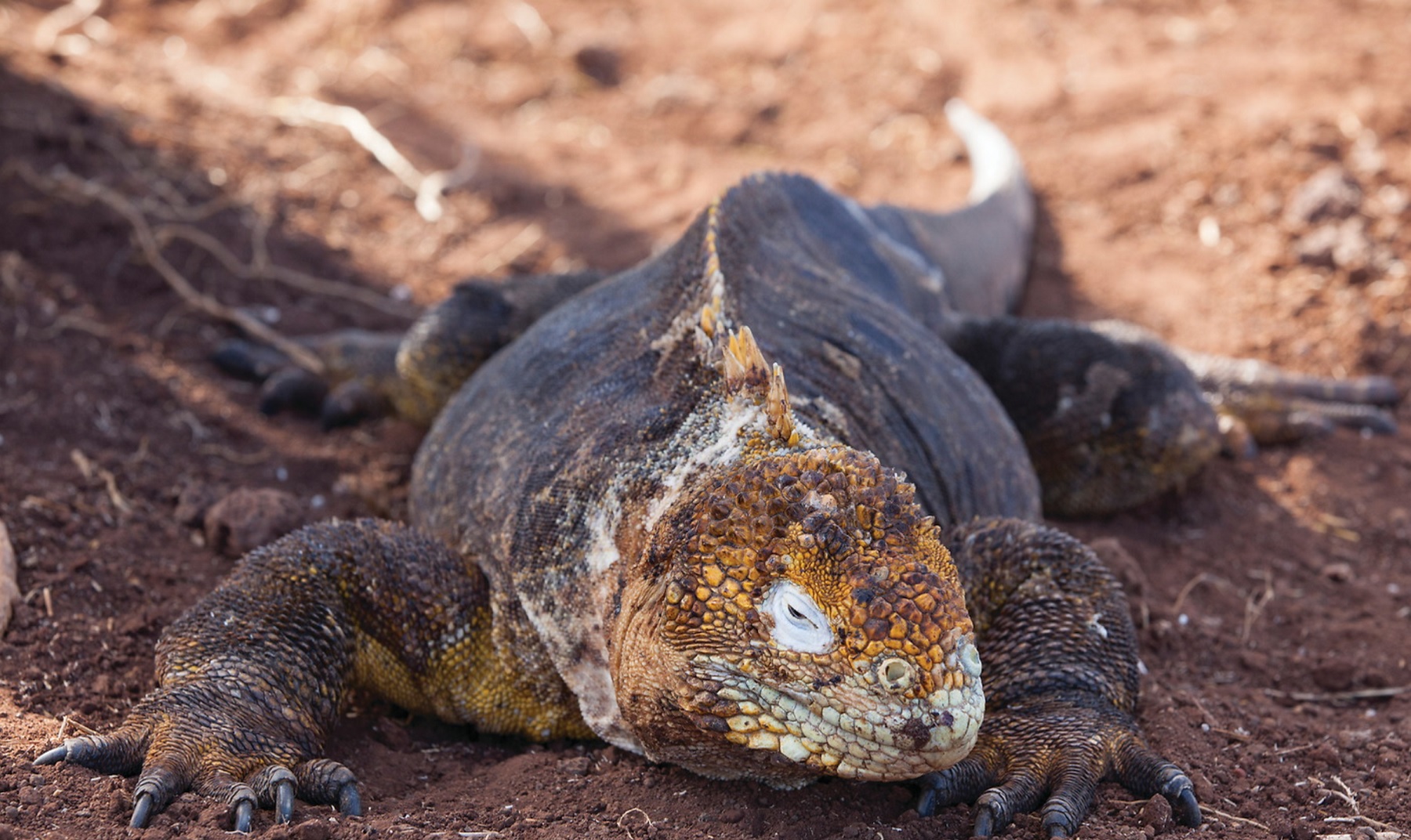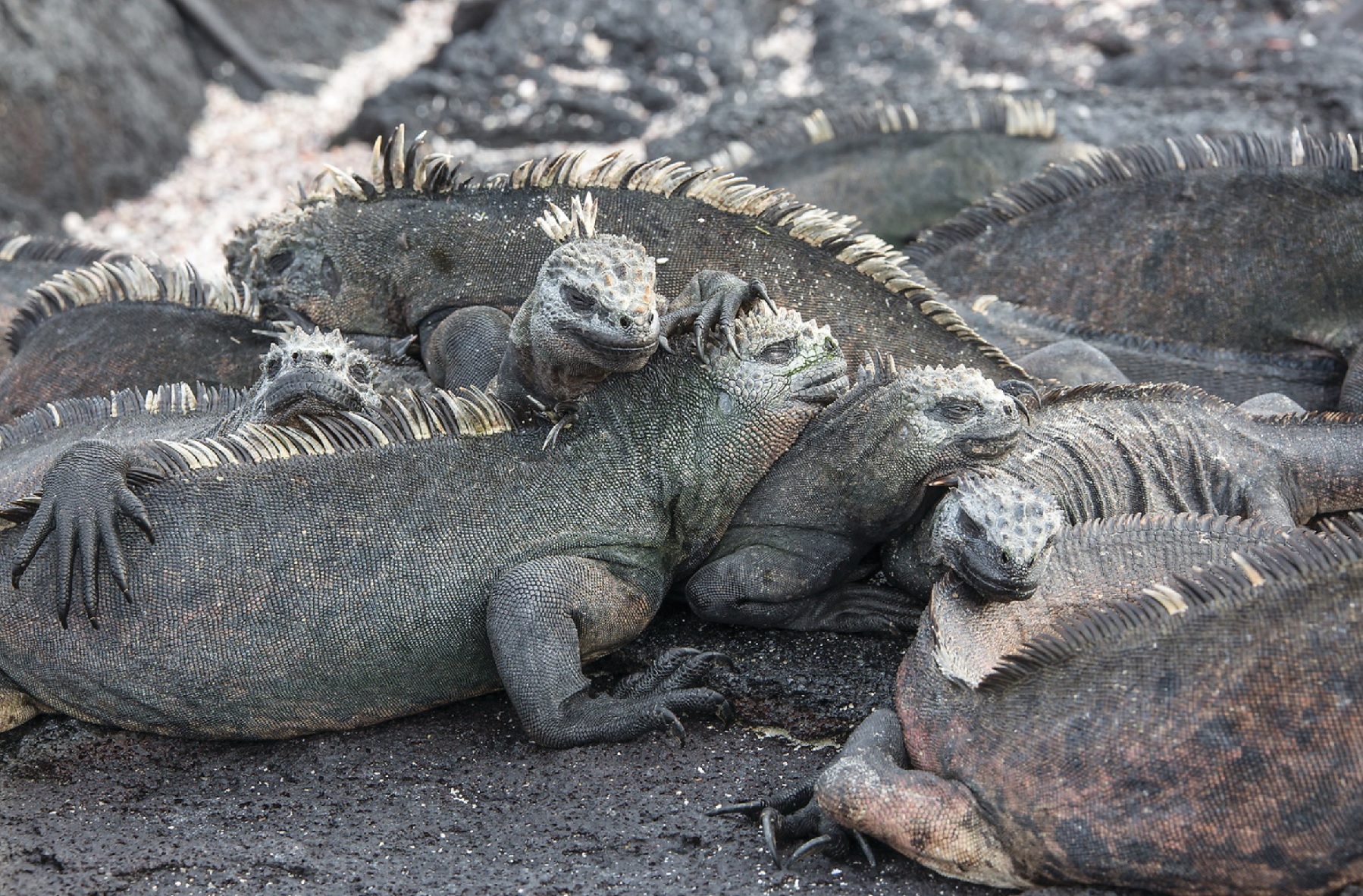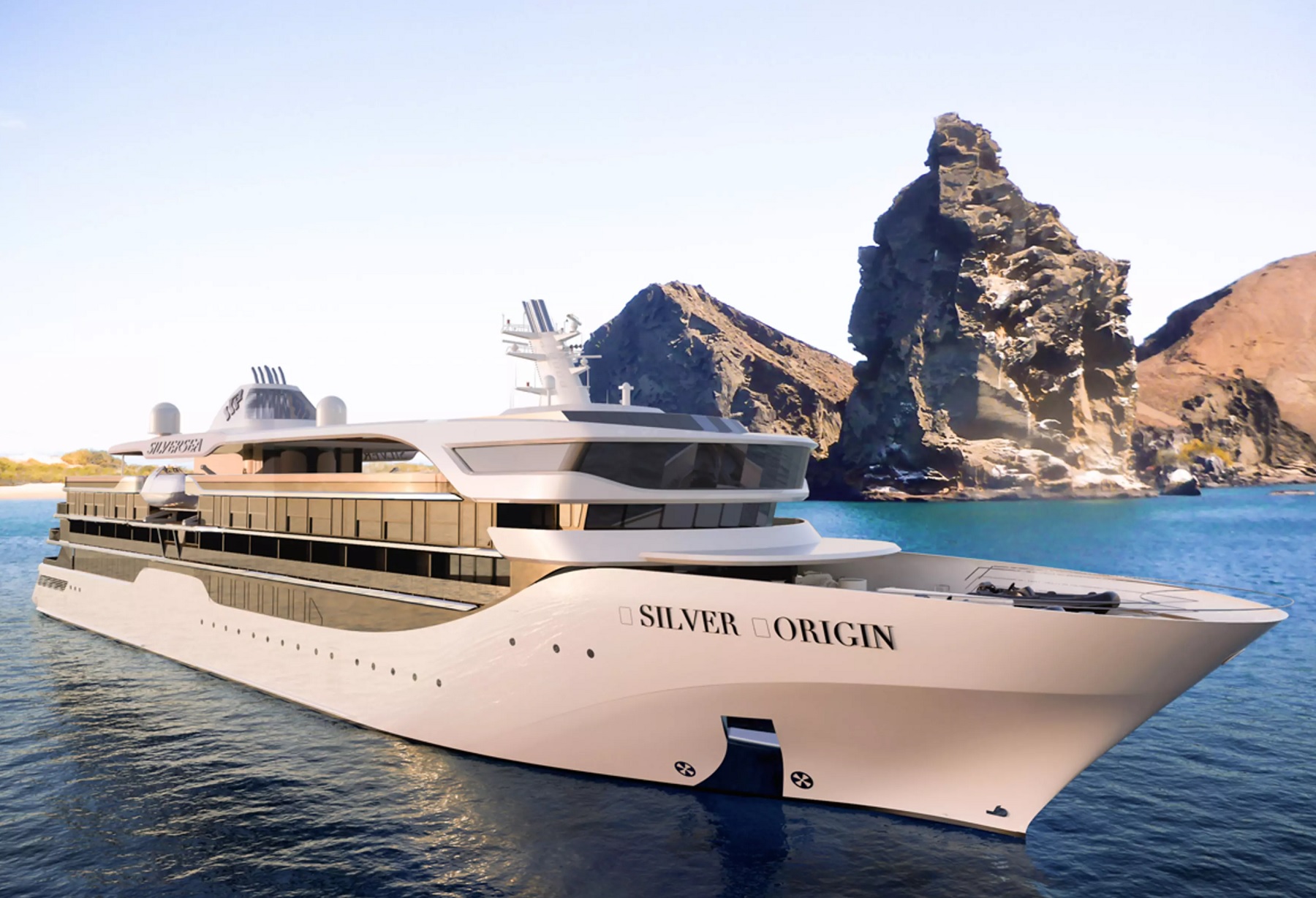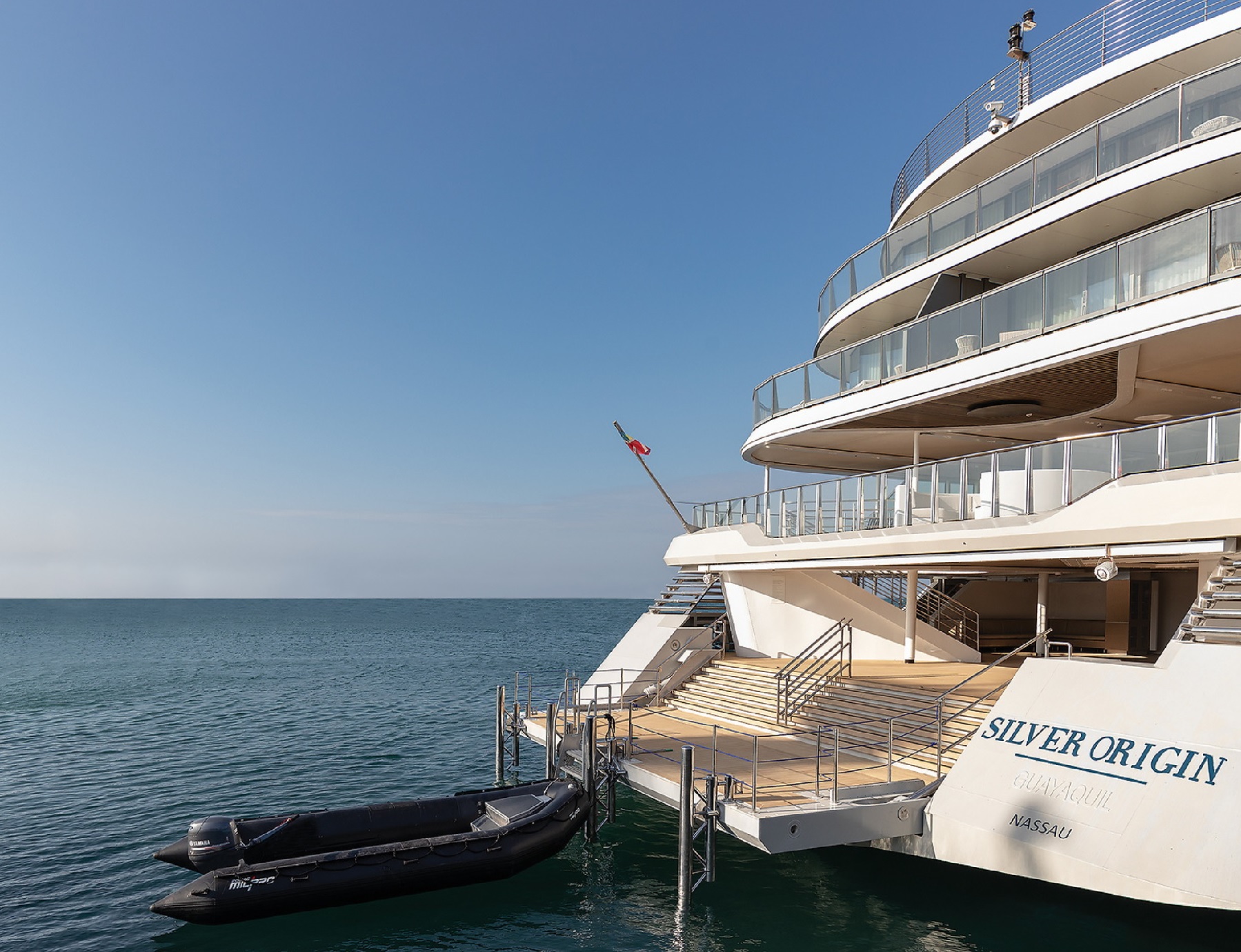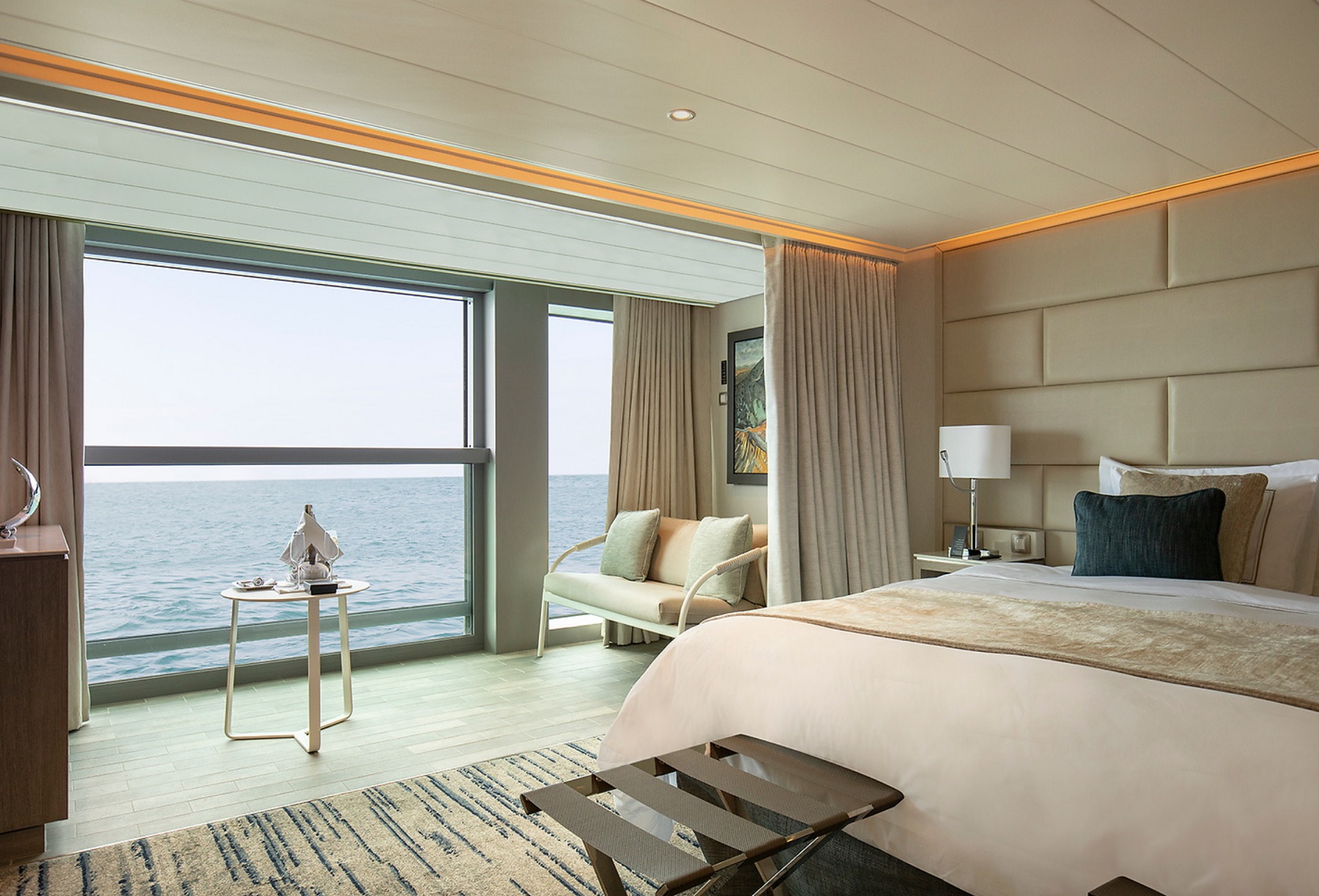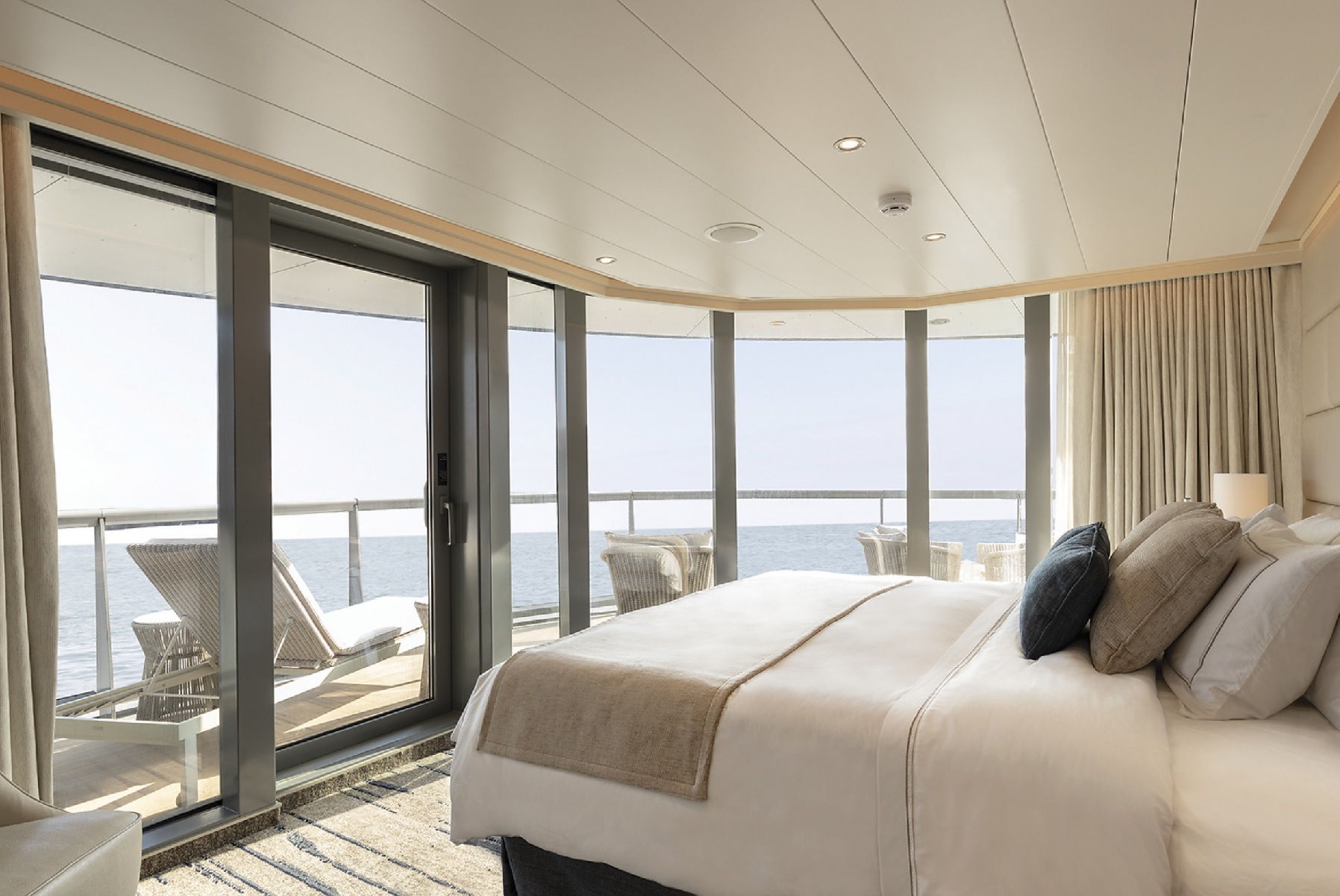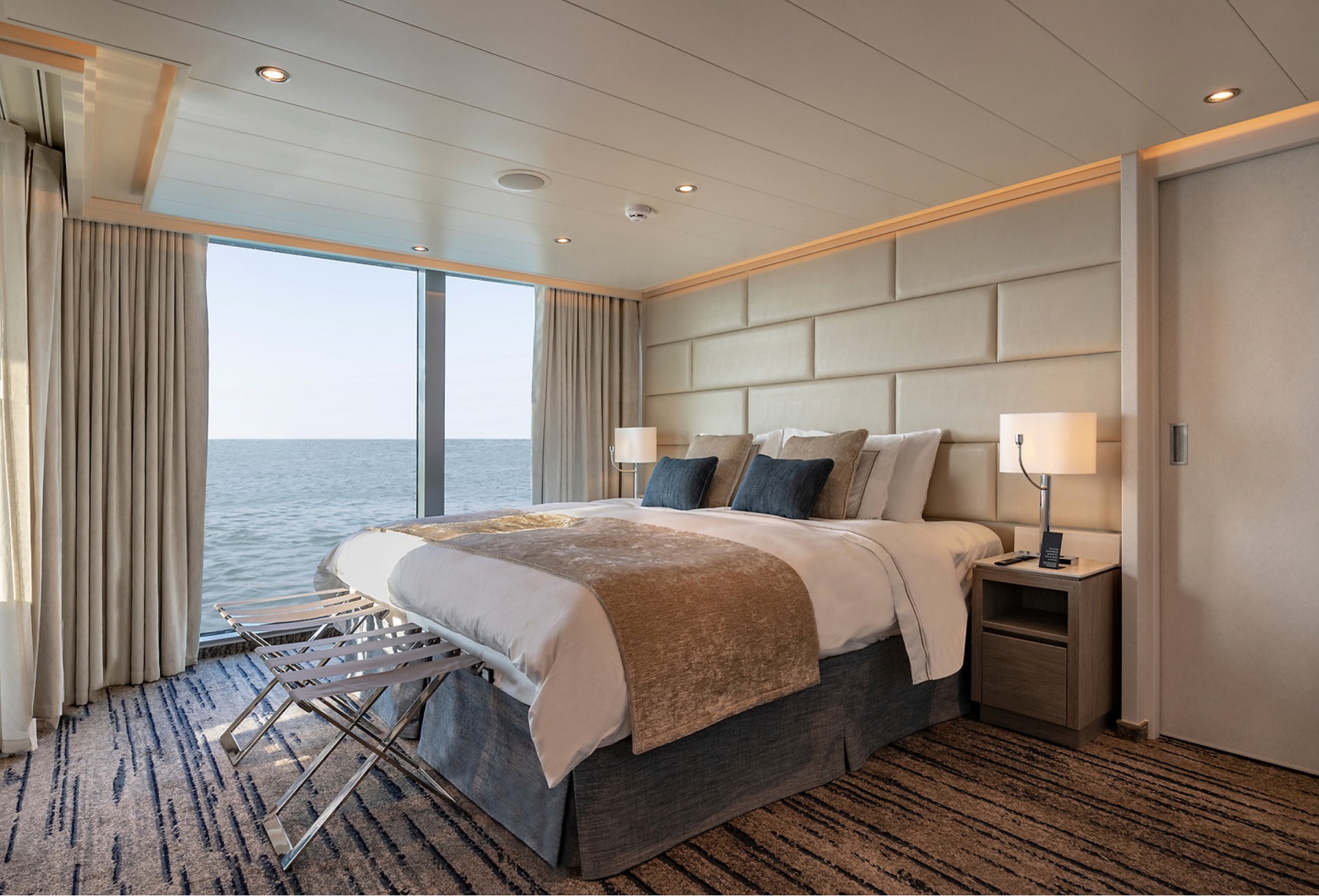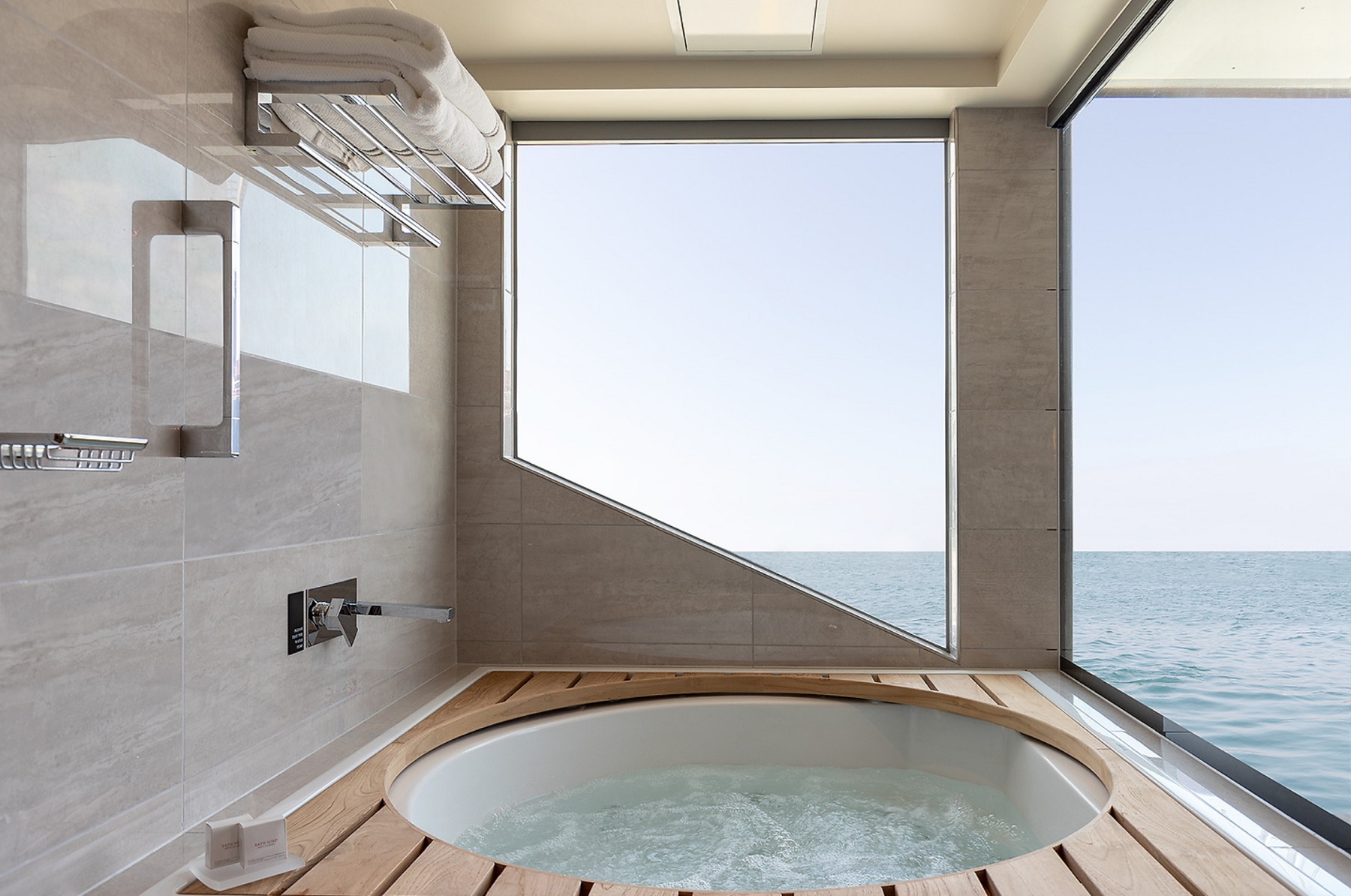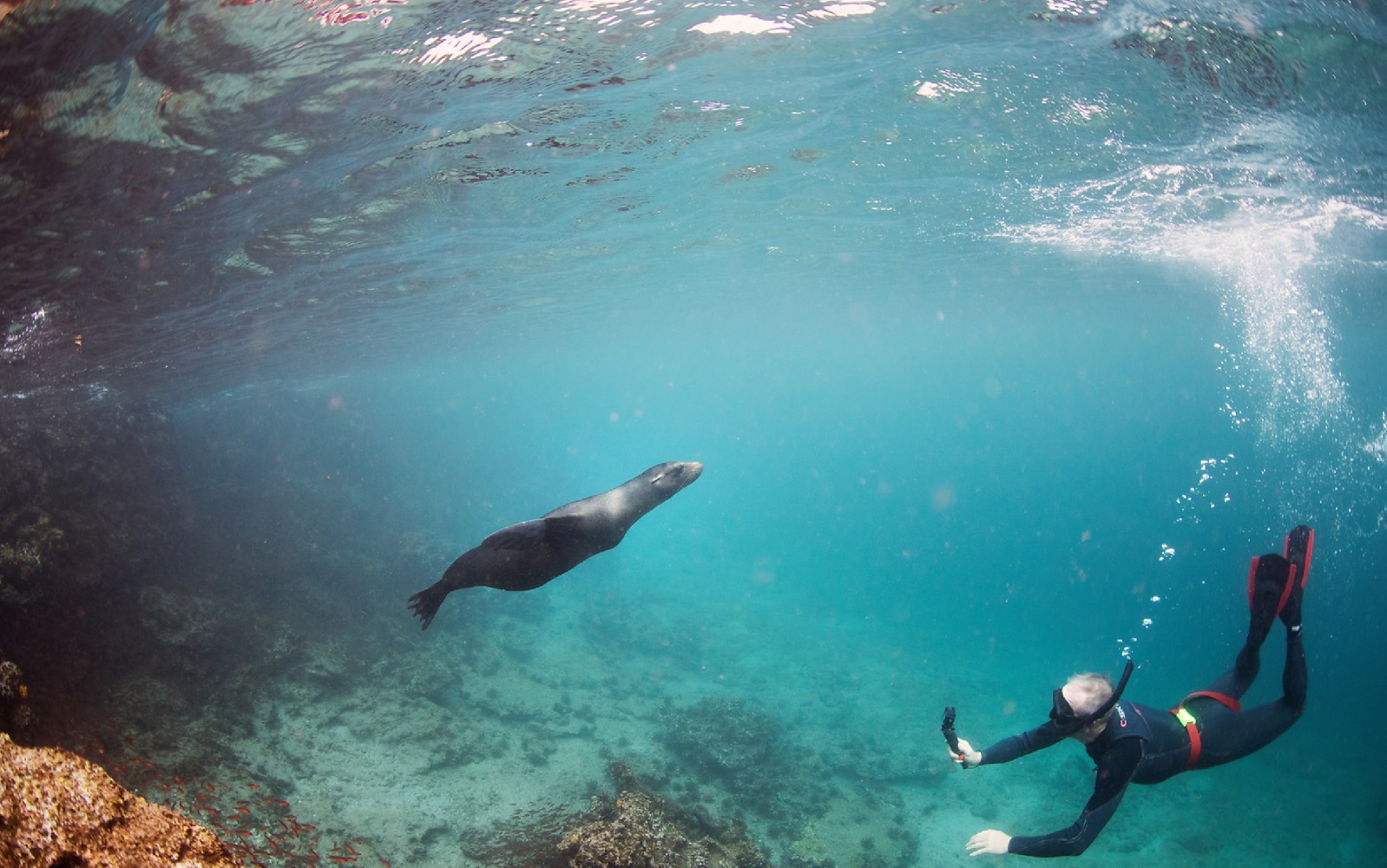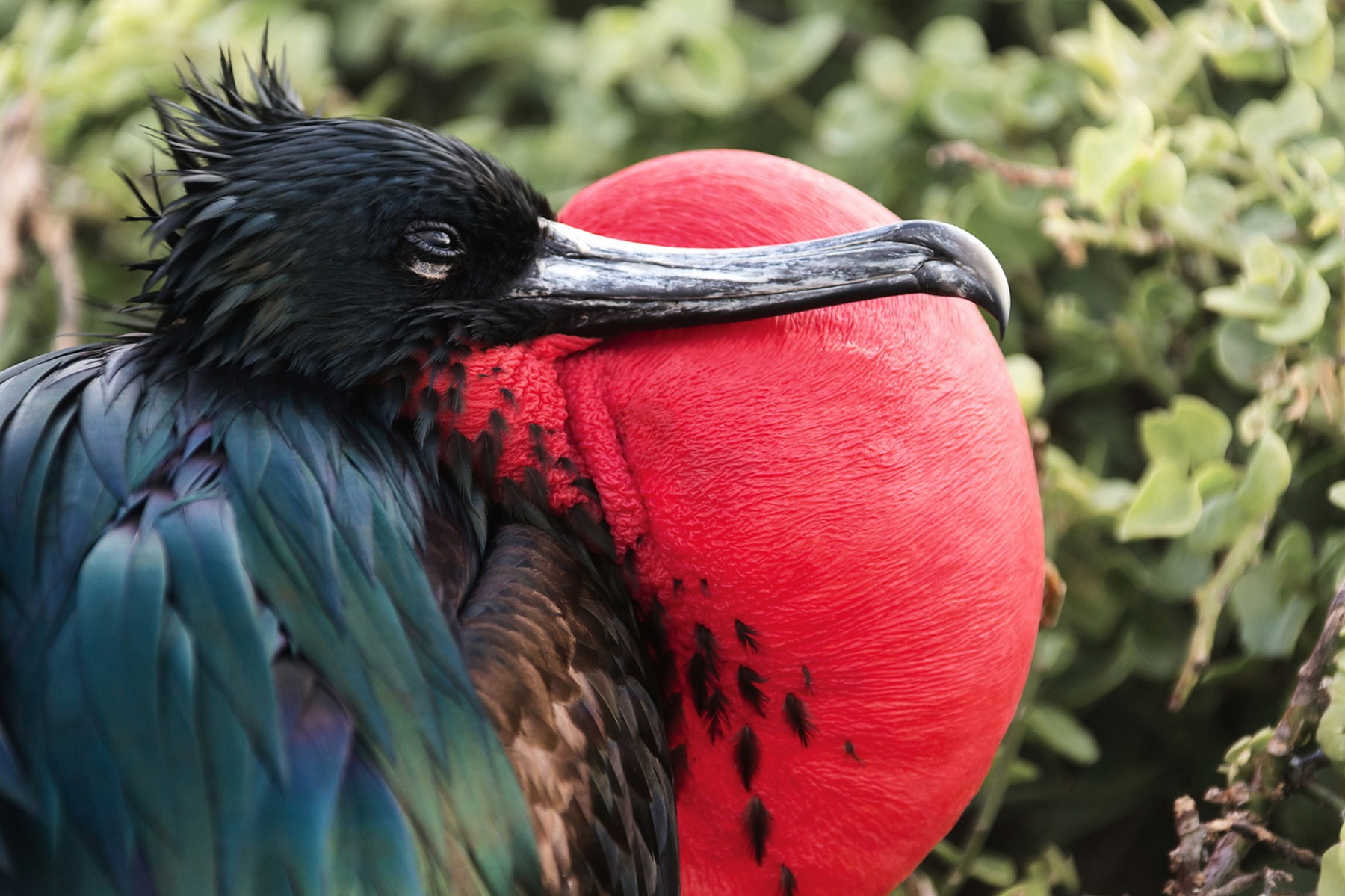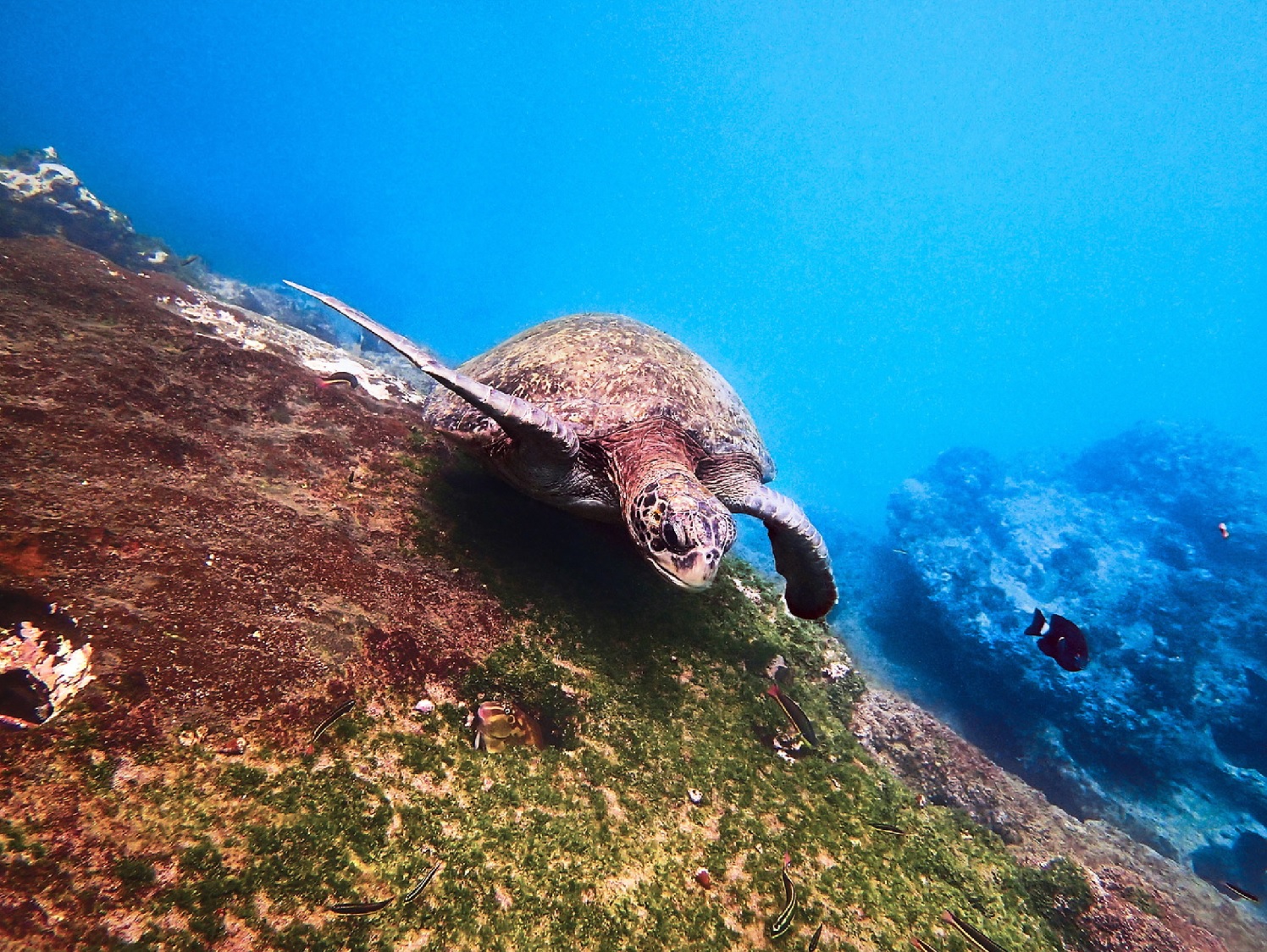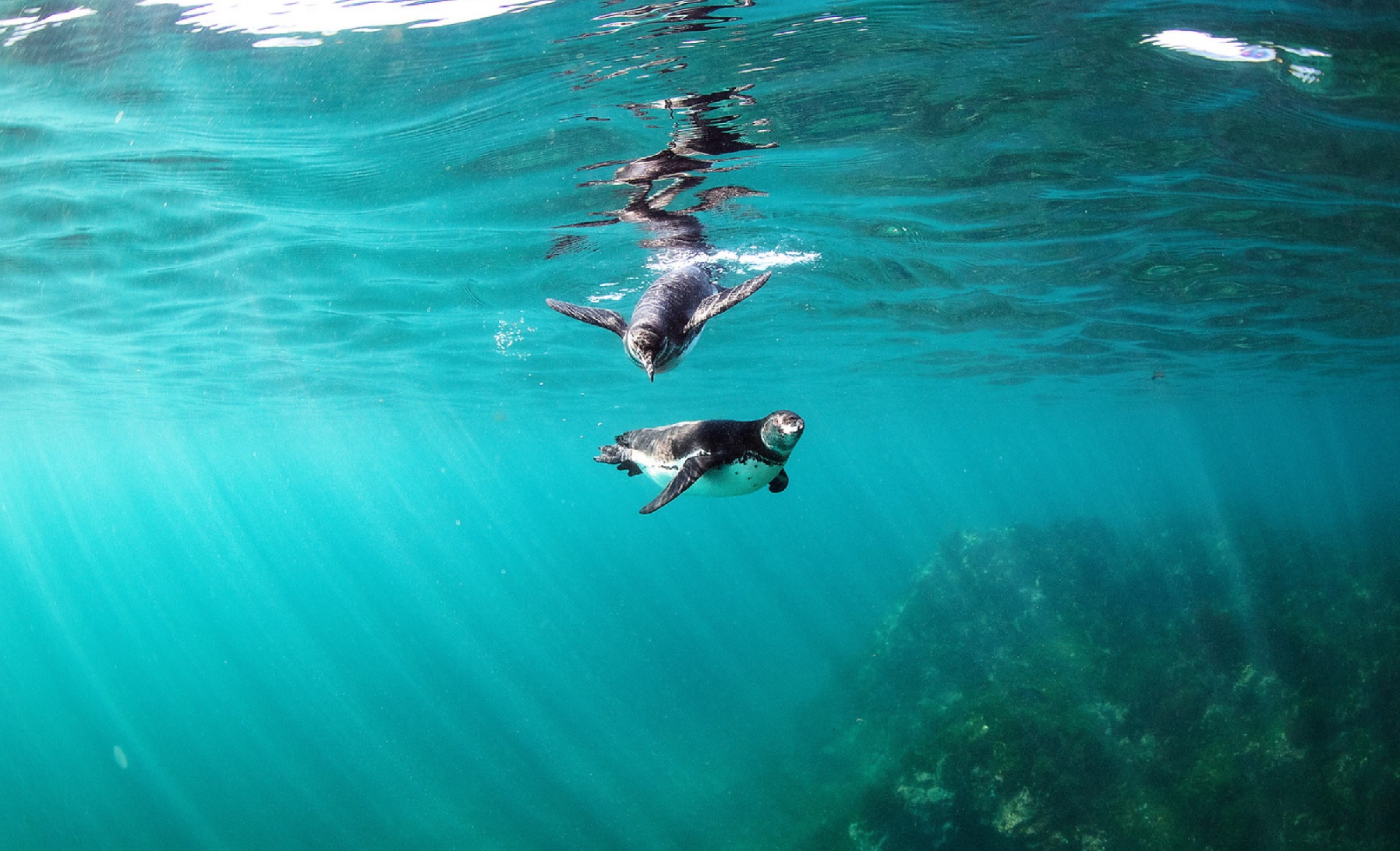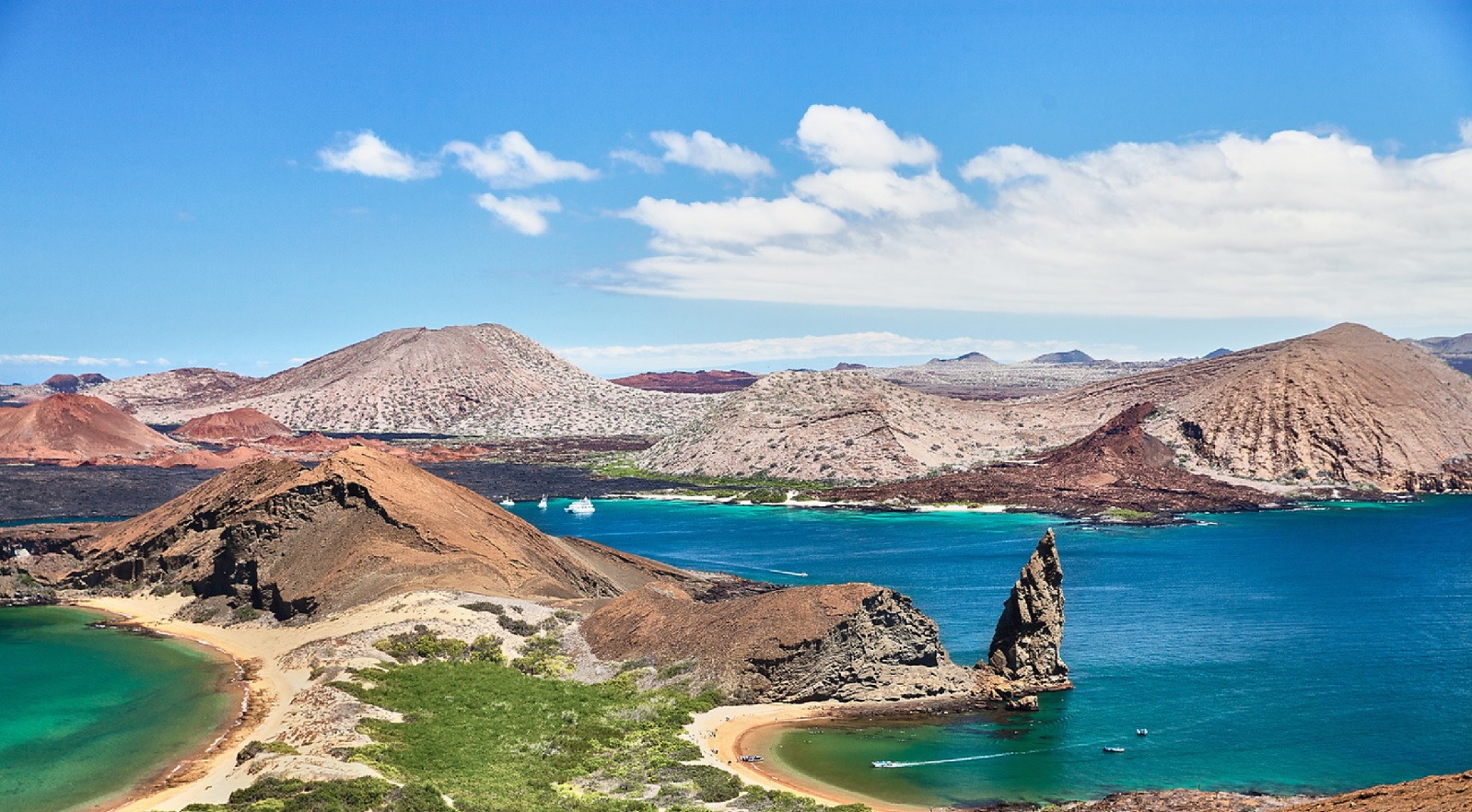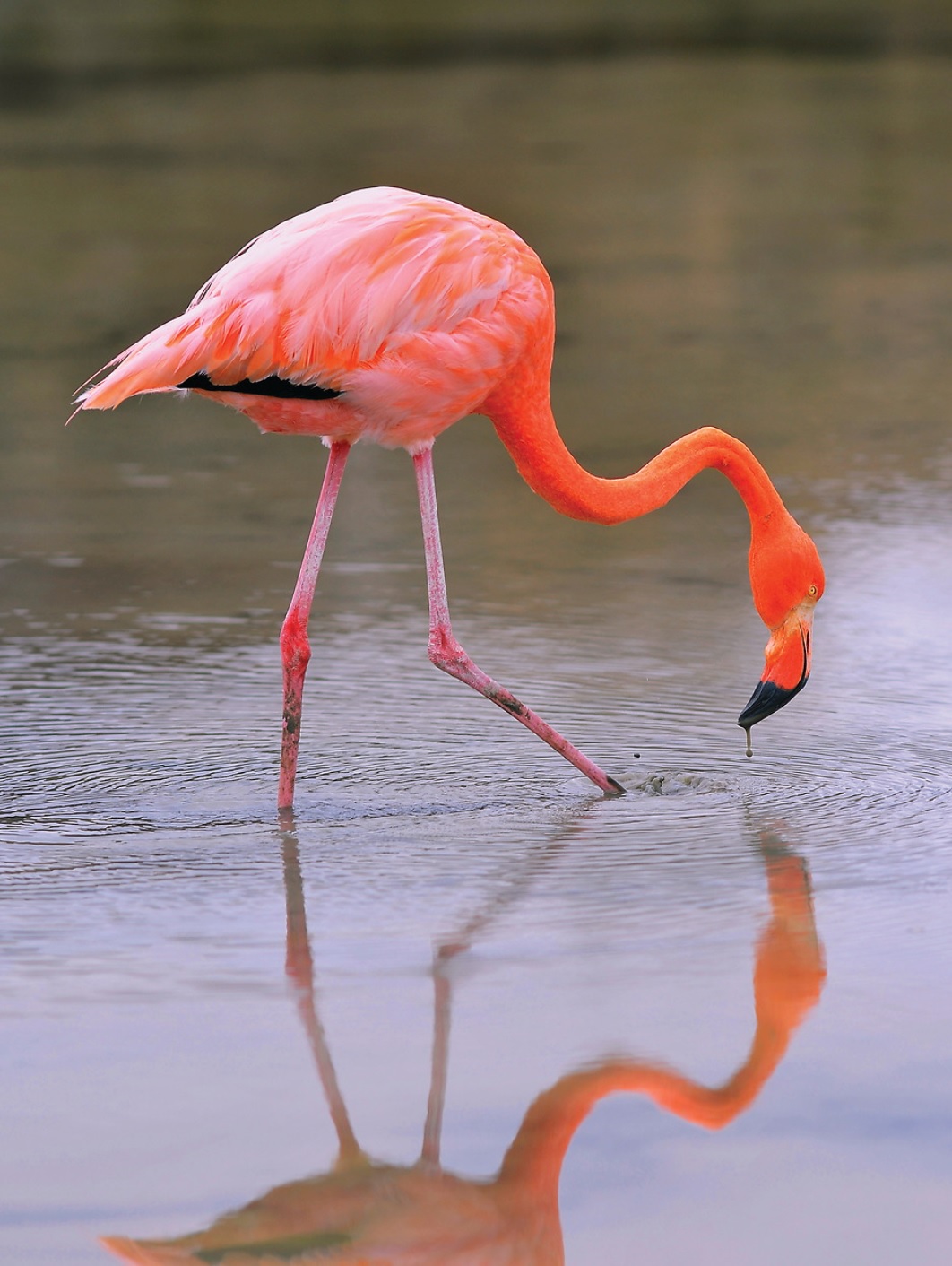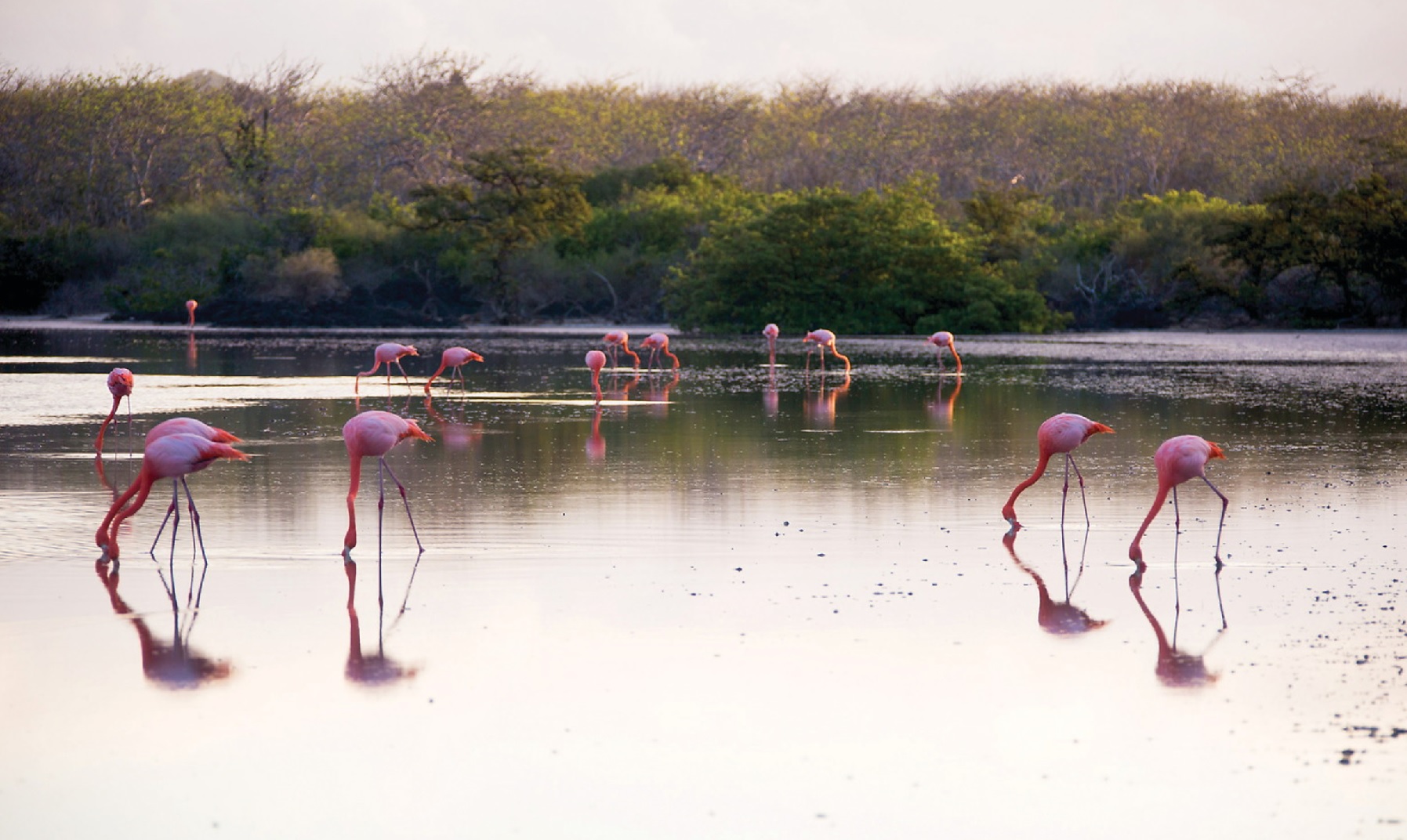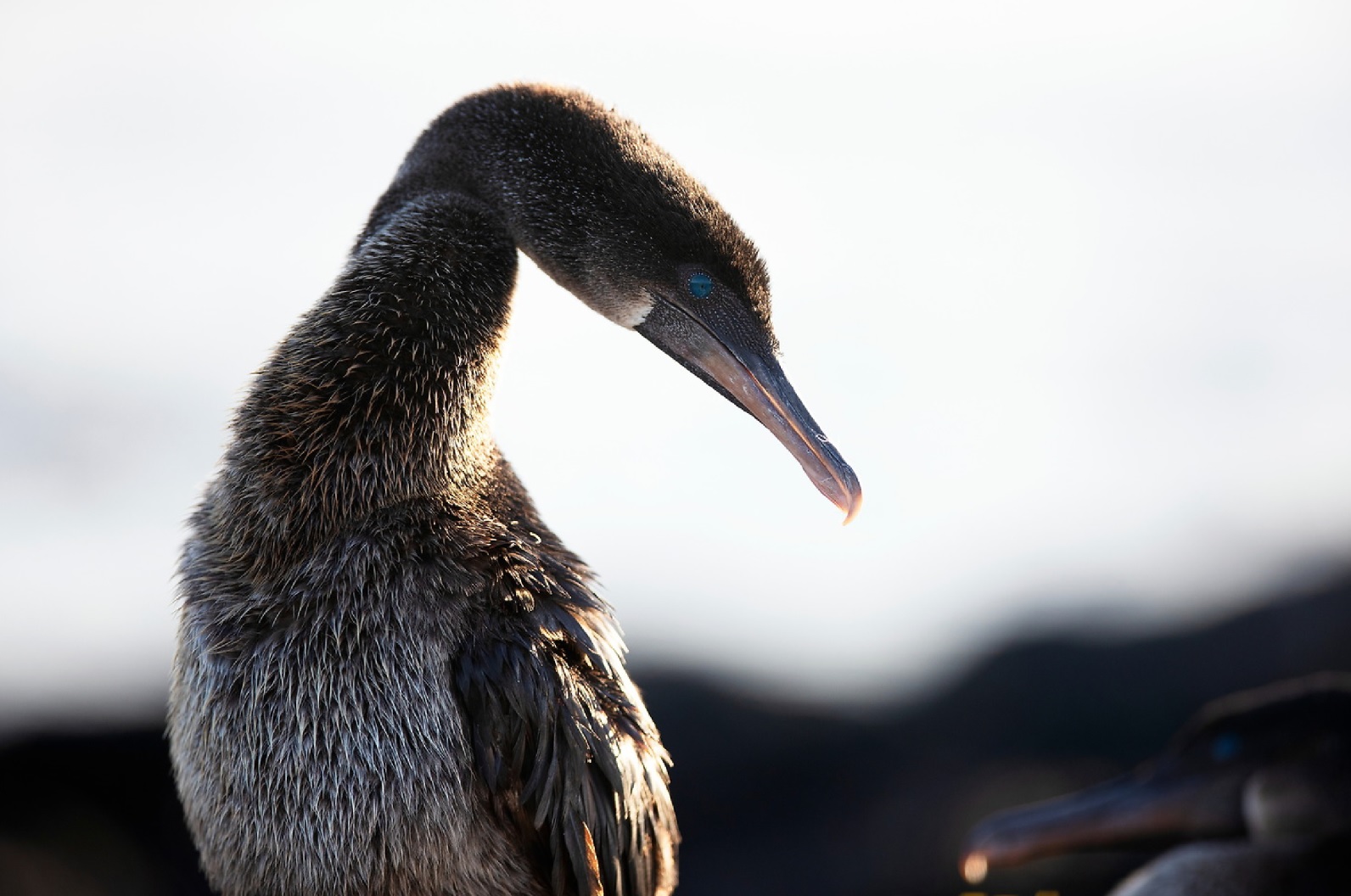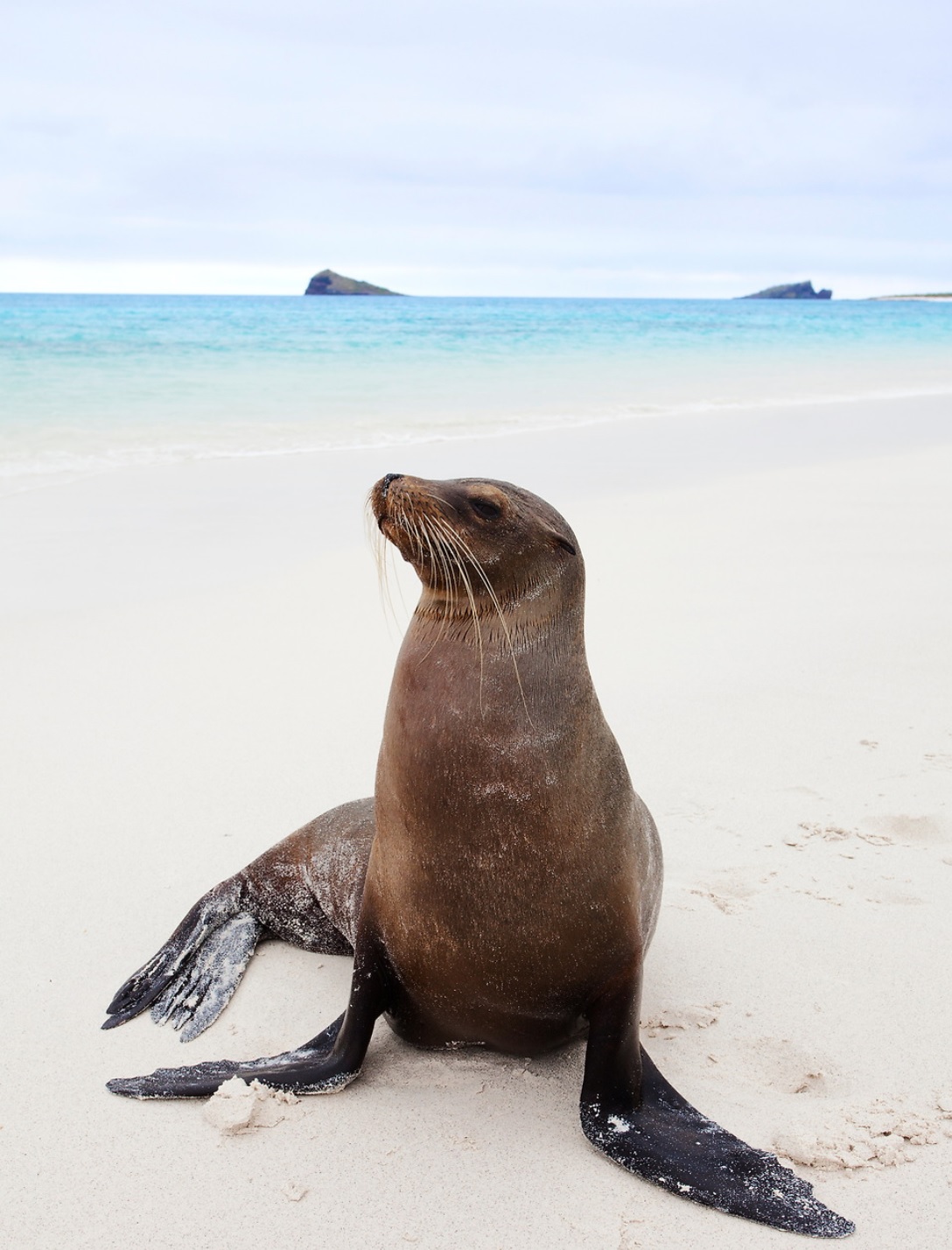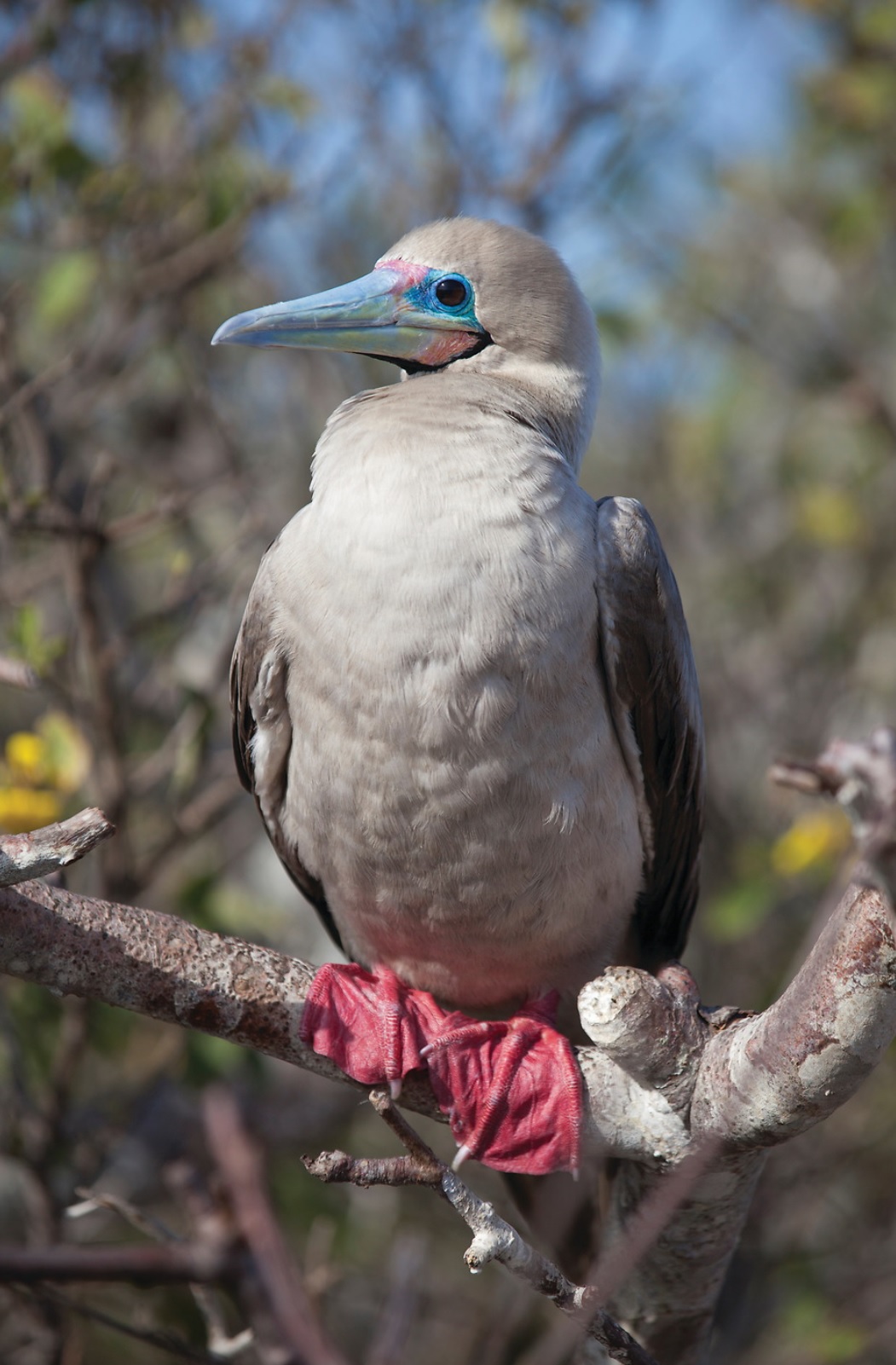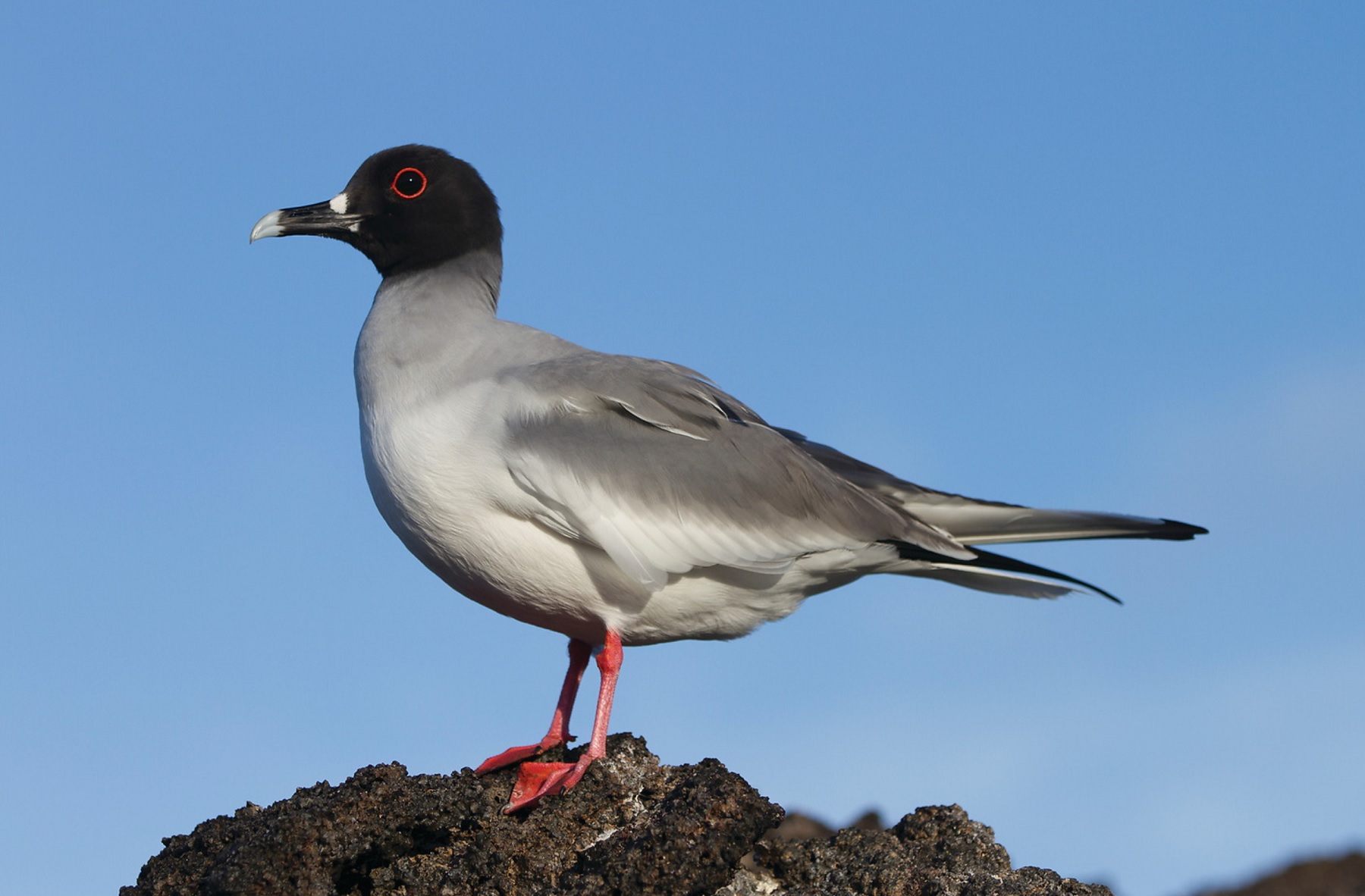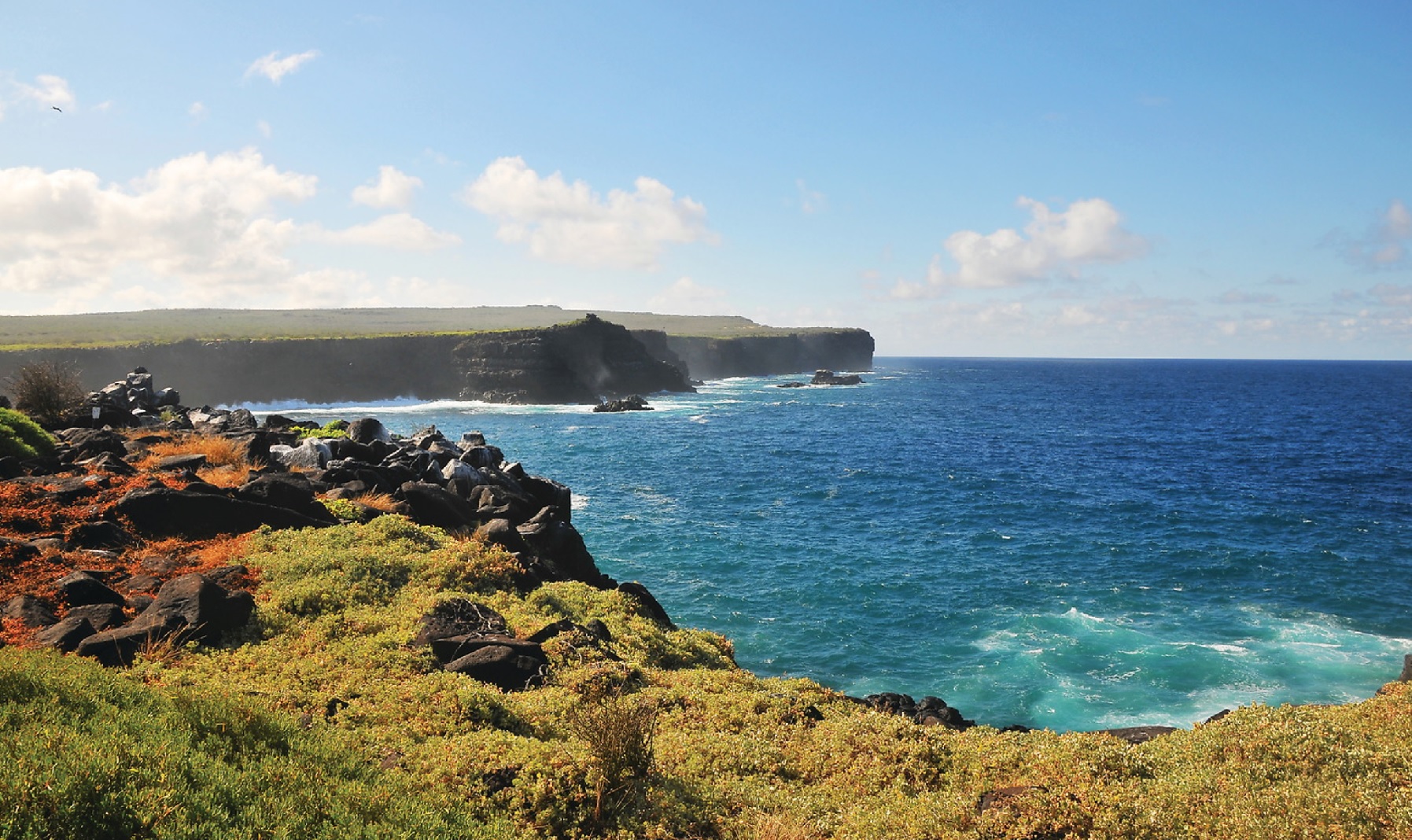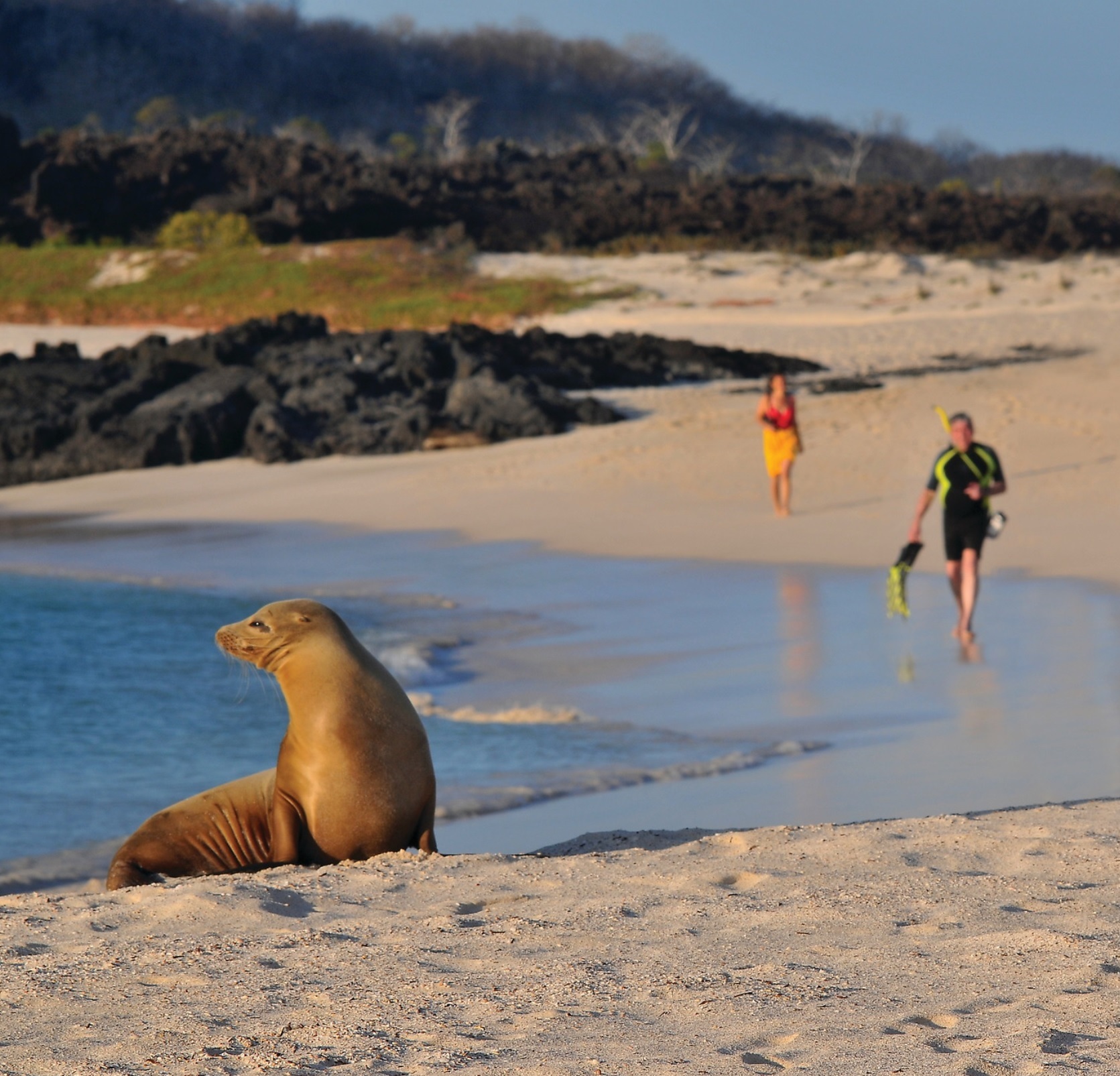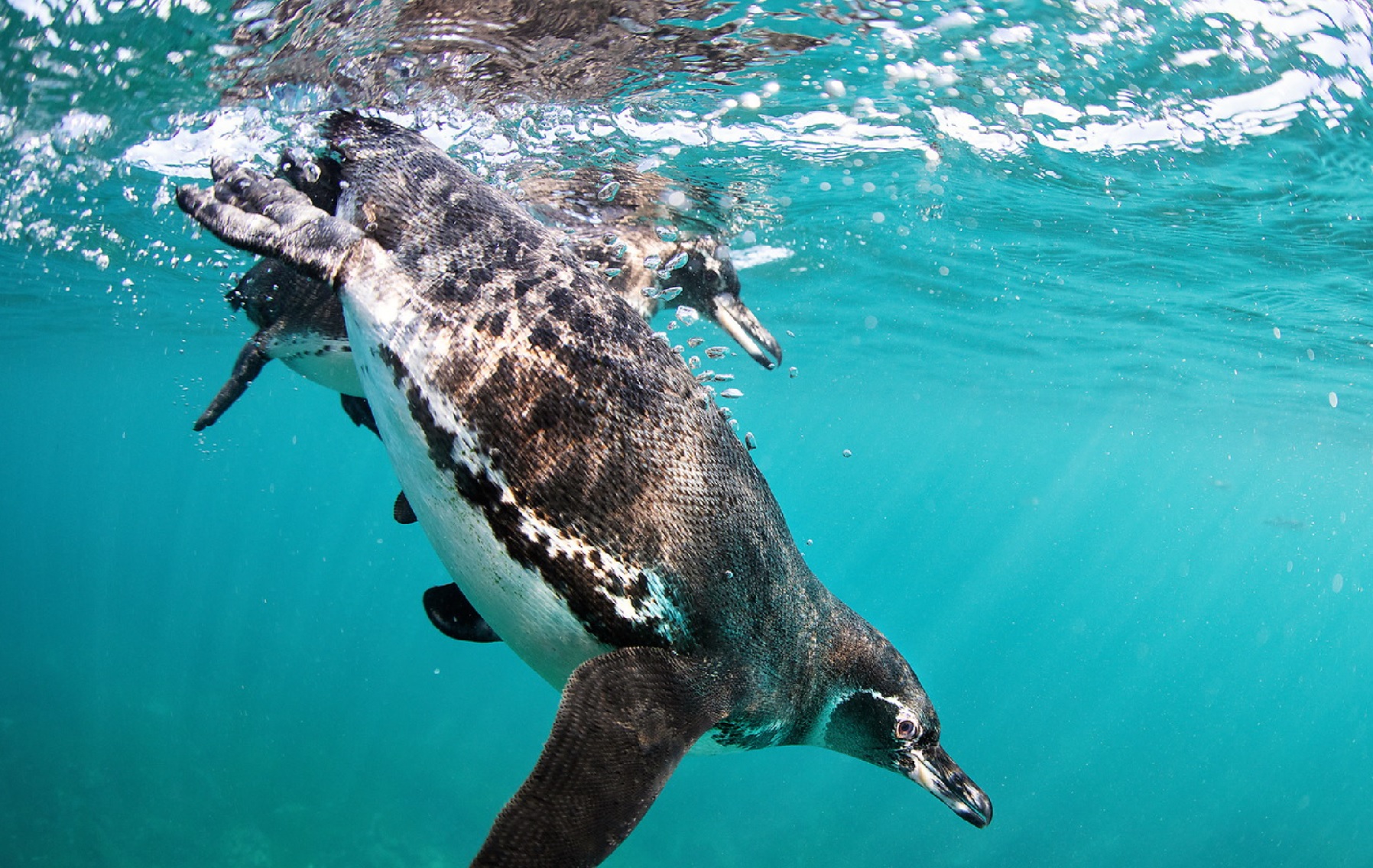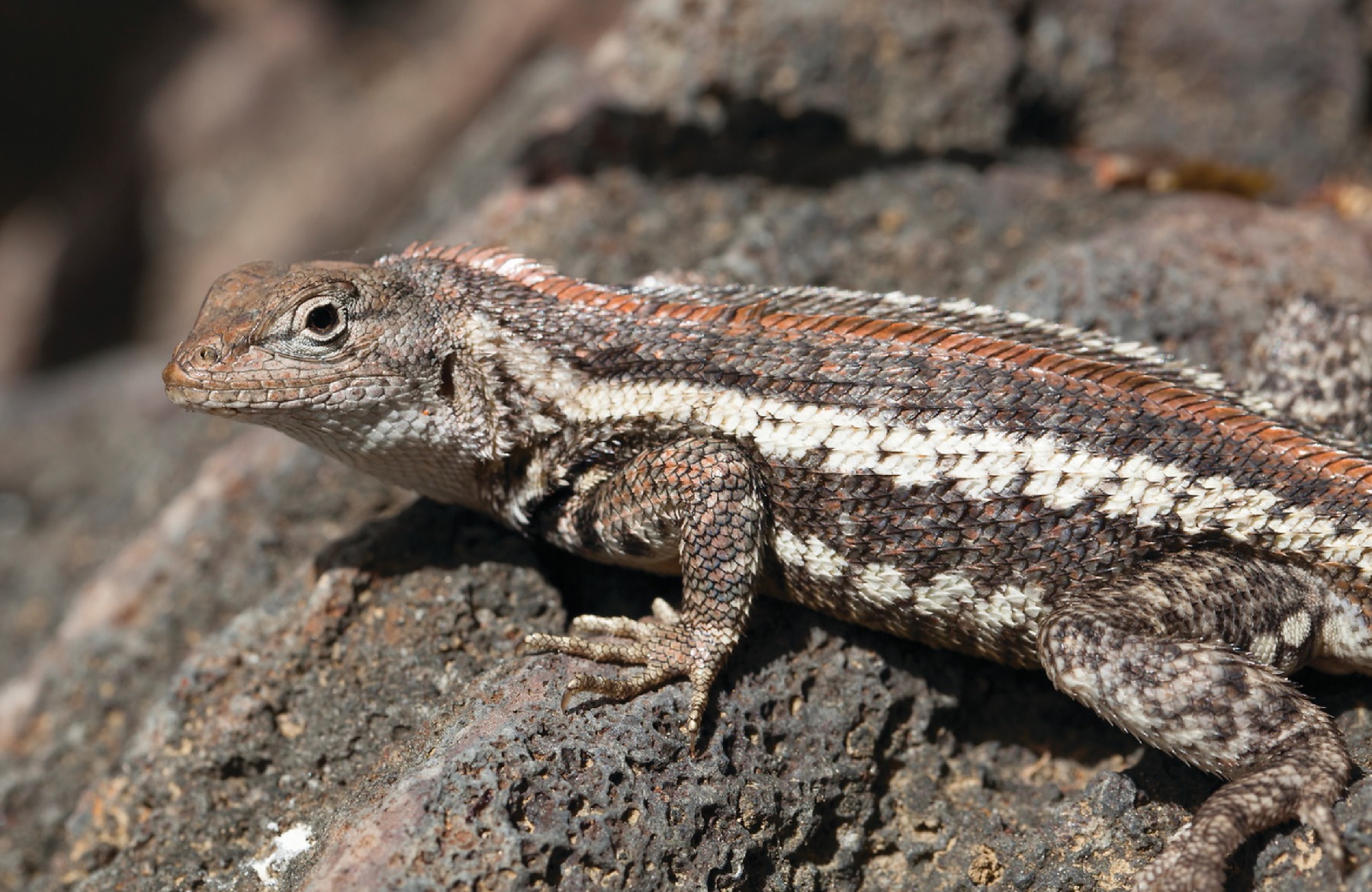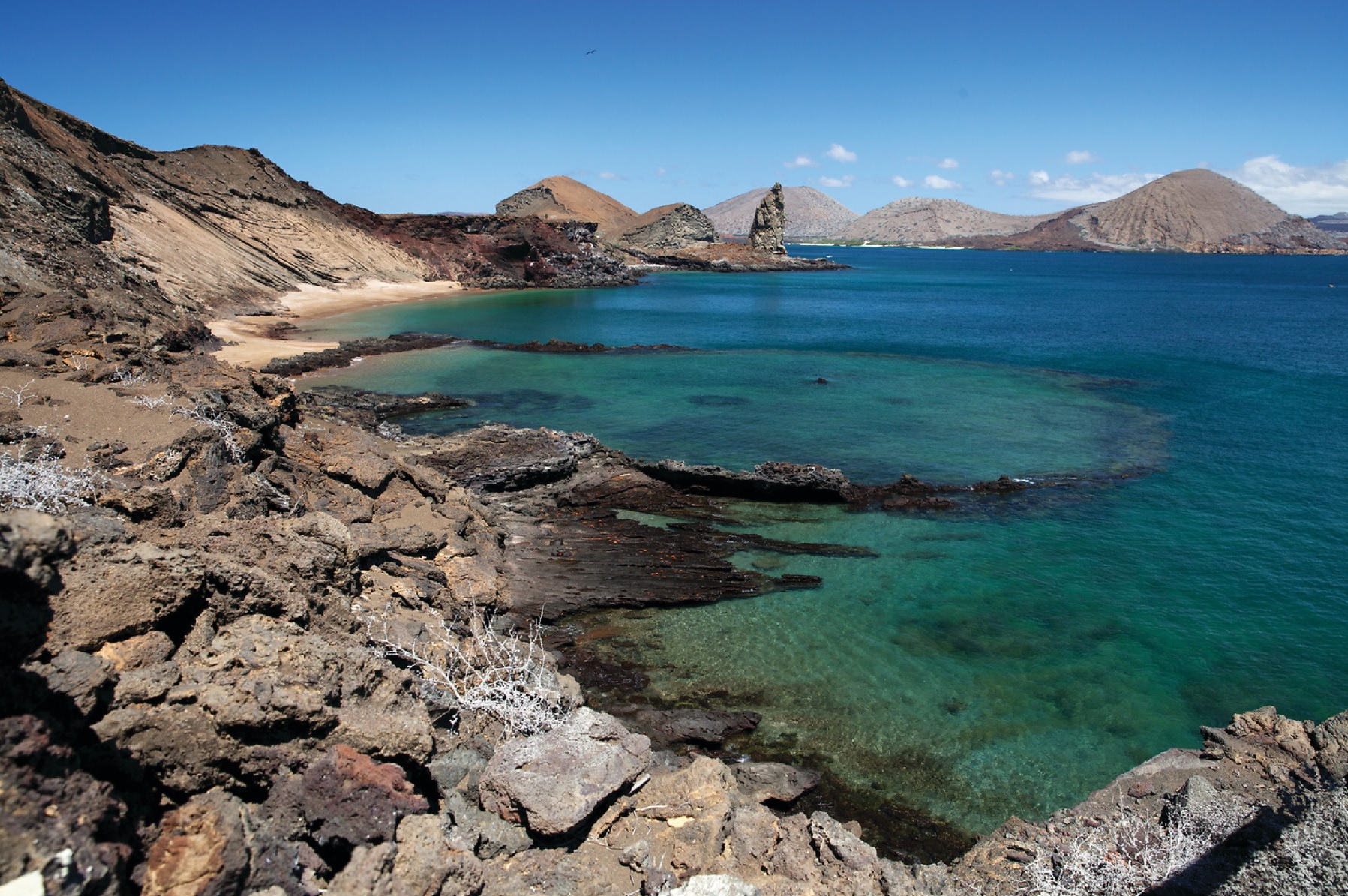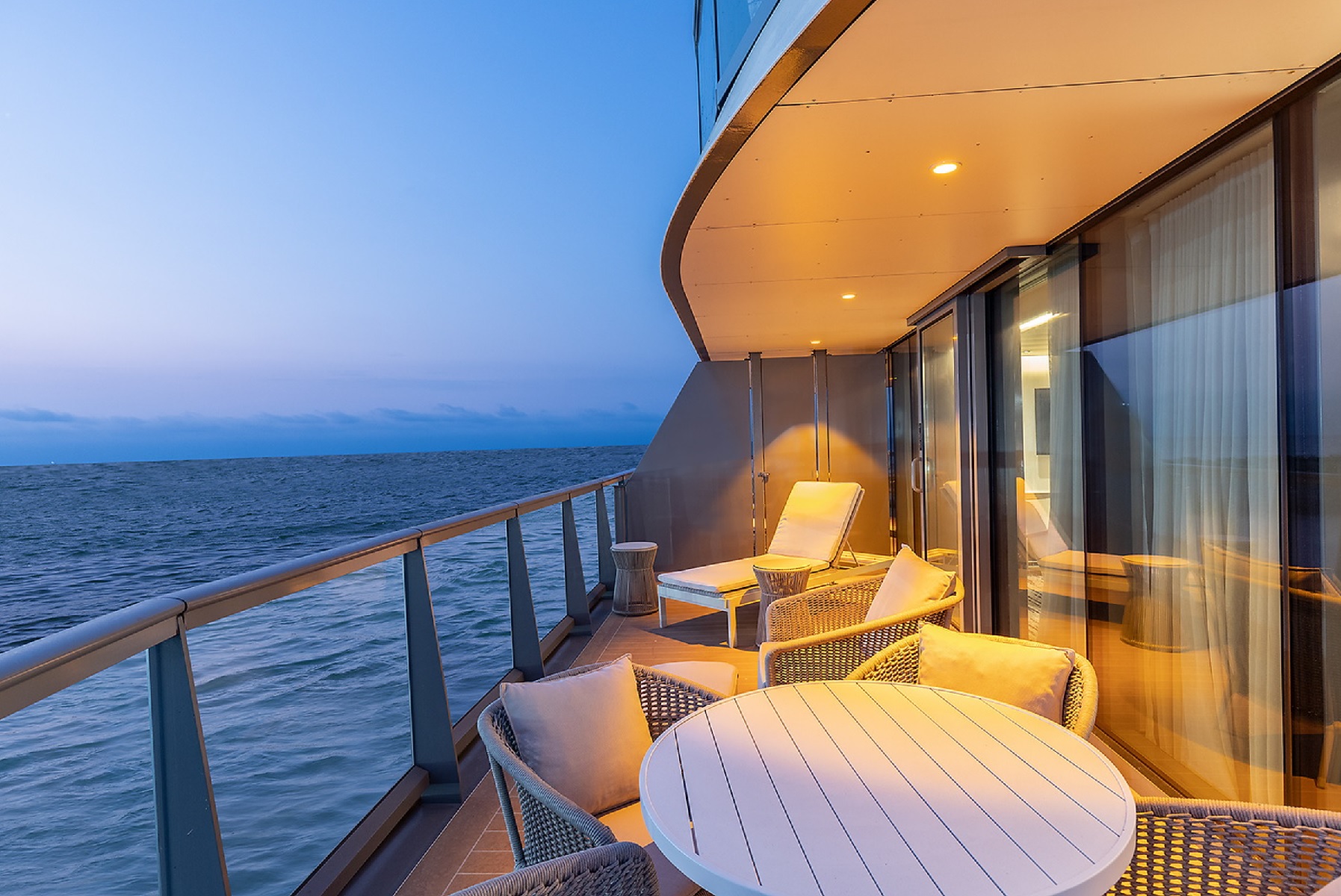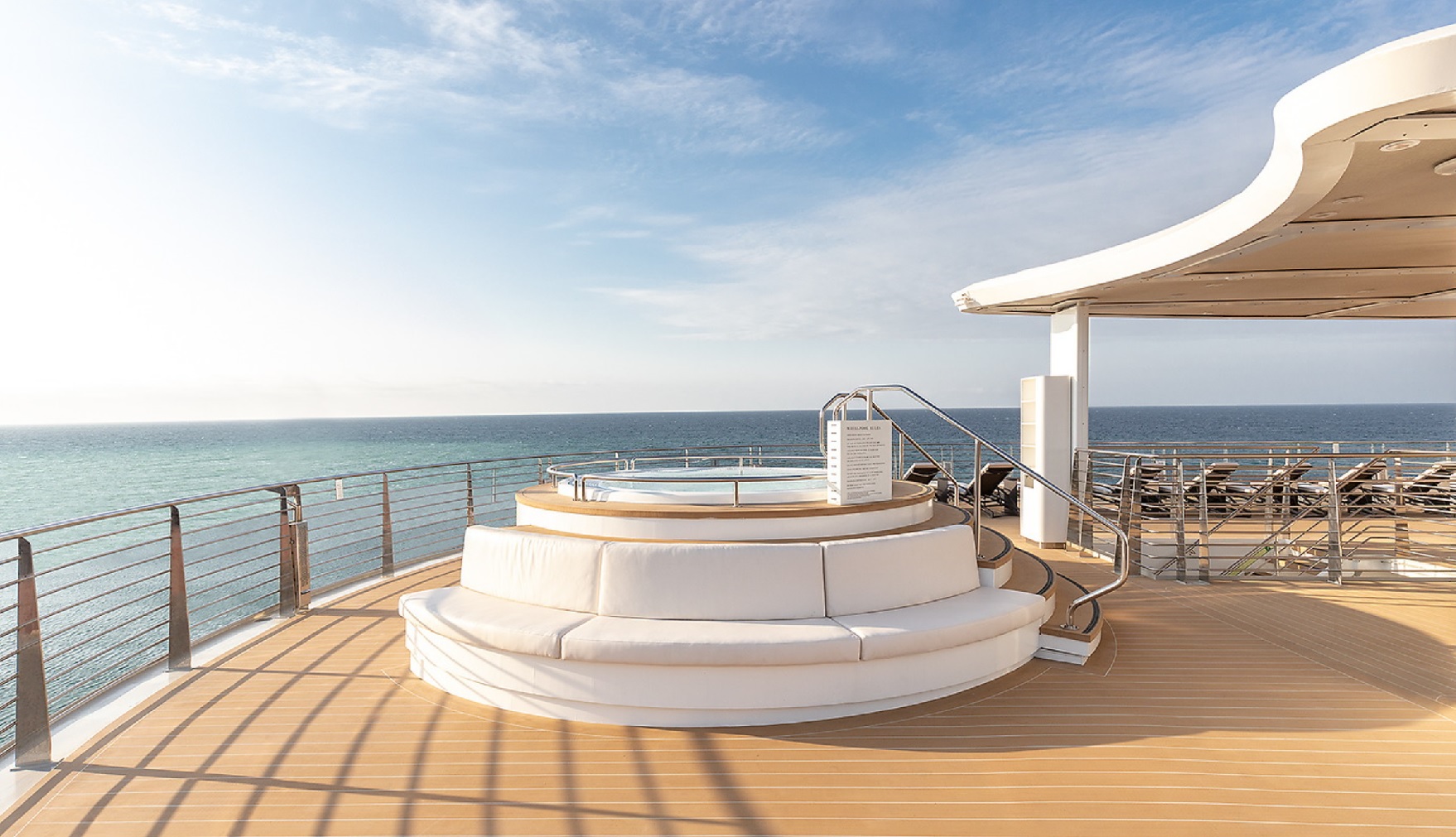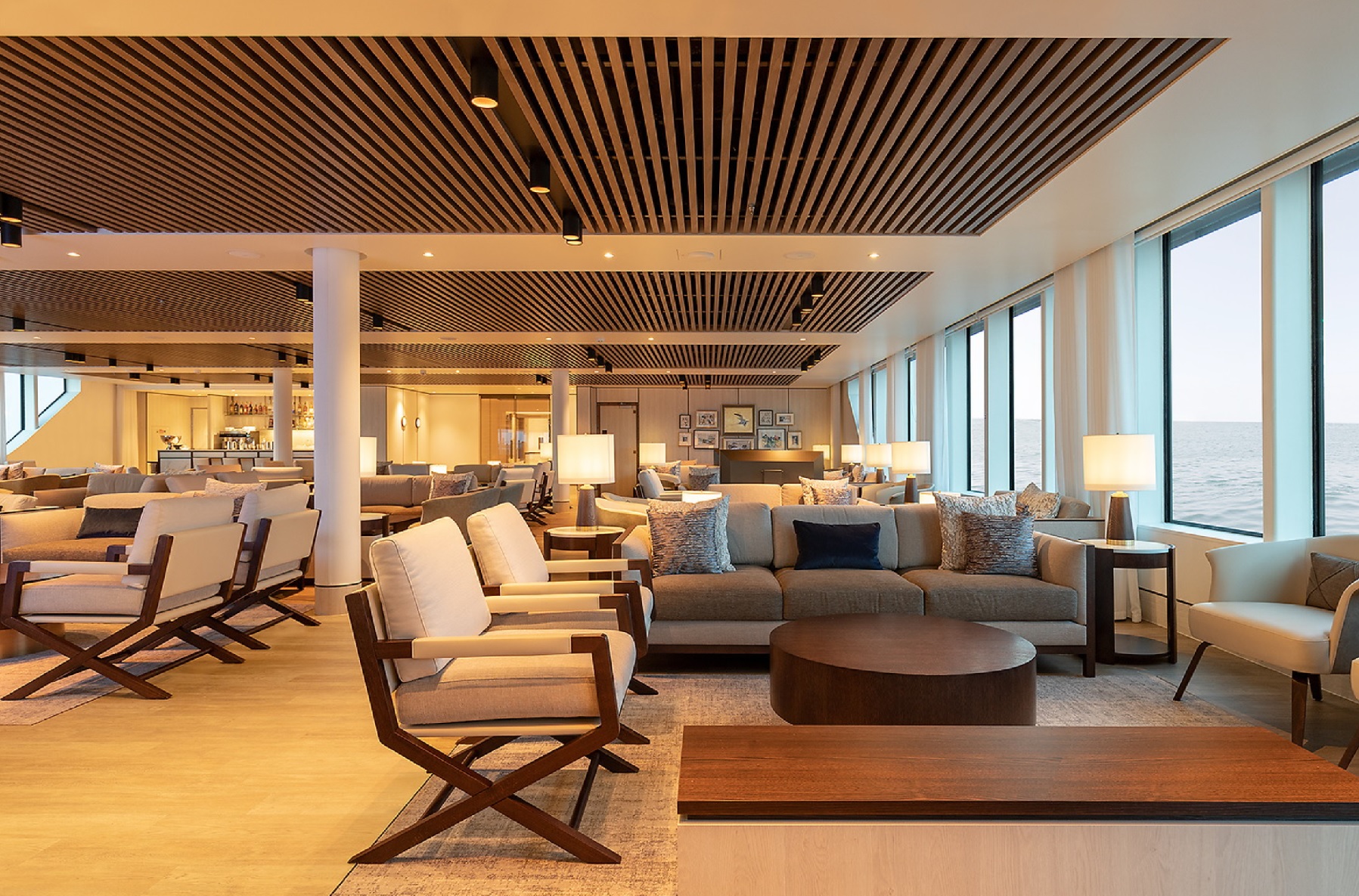Galapagos Islands
About the Experience
Discover Authentic Beauty
7 Nights/ 8 days
Galapagos Islands are one of the remotest places in the world. The 19 island-archipelago was the world’s first UNESCO Heritage Site, homes an astonishing 9,000 species of flora and fauna, and is by far the strangest, most wonderful place on Earth.
Darwin´s Theory of Evolution is a testament to the beauty of these lands and their endemic inhabitants. From the endemic wildlife to the unique geology the lands have followed a distinct path of evolution.
Aboard Silver Origin, with two itineraries:
San Cristobal to Baltra
Baltra to San Cristobal
COMING DATES:
JULY 23,2022 – BALTRA – SAN CRISTOBAL – From USD $8,813
AUGUST 20, 2022 – BALTRA – SAN CRISTOBAL – From USD $8,813
AUGUST 27, 2022 – SAN CRISTOBAL – BALTRA – From USD $8,063
SEPTEMBER 03, 2022 – BALTRA – SAN CRISTOBAL – From USD $8,063
NOVEMBER 10, 2022 – BALTRA – SAN CRISTOBAL – From USD $8,063
Trip Itenarary
BALTRA – SAN CRISTOBAL
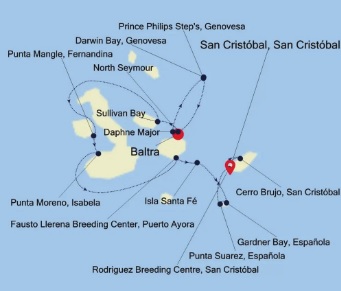
Day 1 - BALTRA , ECUADOR
Baltra Island, also known as South Seymour, is truly the entrance to the Galapagos Islands.
Land iguanas and Galapagos finches are popular sights, and the iguanas are often seen running across the runway itself. You will be amazed how playful sea lions and some sea birds welcomed you at the pier.
Day 1 - DAPHNE MAJOR, ECUADOR
North of Santa Cruz Daphne Major is a small volcanic island.
small land birds, Red-billed Tropicbirds, Magnificent Frigatebirds, and Nazca and Blue-footed Boobies also nest on Daphne Major and can often be seen soaring.
Day 2 - PRINCE PHILIPS STEP´S, GENOVESA, ECUADOR
Genovesa is one of the northernmost islands of the archipelago. Genovesa’s southern side of the shield volcano’s crater collapsed and a protected bay known as Darwin Bay was formed.
The steep cliffs are home to Red-billed Tropicbirds, while Magnificent Frigatebirds, Nazca, and Red-footed Boobies prefer the top. The plateau above Prince Philip’s Steps has a palo santo forest and an extensive lava field. This is an area where one of the Galapagos’ top predators, the Short-eared Owl, is hunting storm petrels. The Short-eared Owls are extremely well camouflaged and are not always easy to spot in between the rocks.
2 INCLUDED SHORE EXCURSIONS:
Hiking and Deep Water Snorkeling with Silversea Team
Day 2 - DARWIN BAY, GENOVESA
At Genovesa Island the ship tucks into Darwin Bay, an ancient volcanic crater now flooded by the sea. Zodiacs land on a picturesque sandy beach where Galapagos sea lions often rest on the fine, white sand. Explorations along the shore may reveal marine iguanas looking like prehistoric dinosaurs in miniature. By heading inland a short distance visitors could encounter seabirds of all shapes and sizes nesting in the vegetation. Scores of immature Red-footed Boobies perch on branches within an arm’s reach of the path. In addition, watch for Great Frigatebirds and Yellow-crowned Night Herons along the walk. There is also fantastic snorkeling in the waters of Darwin Bay with the opportunity to see large schools of reef fish and brightly colored sea stars.
2 INCLUDED SHORE EXCURSIONS:
Hiking and Snorkeling with Silversea Expedition team
Day 3 - NORTH SEYMOUR
The landing at North Seymour Island is onto black lava rock. After a short climb, visitors arrive on the island’s flat plateau where a number of sea lions nurse pups and frigatebirds nest. The island is dry, and so the predominant tree is the prickly pear cactus favored by the Galapagos land iguanas that live here in number. The undulating terrain is littered with red-brown volcanic boulders and large male Magnificent Frigatebirds can be seen inflating their vivid red gular sacs in hopes of impressing females flying overhead. At certain times of the year, pairs of Blue-footed Boobies dance here in a ritualized mating dance that reinforces their pair bond and shows off their vivid blue feet. The snorkeling here is well-known for schools of colorful creole wrasses and parrotfish.
3 INCLUDED SHORE EXCURSIONS:
Zodiac Cruise, Hiking and Deep Water Snorkeling with Silversea Team
Day 3 - SULLIVAN BAY ( SANTIAGO), ECUADOR
The lava fields of Sullivan Bay on Santiago Island will inevitably remind visitors of the surface of the moon. As brilliant red Sally Lightfoot crabs scuttle along the black volcanic shores, learn about the formation of the islands through geological forces from your guides. The lava flows here are just over one hundred years old and date back to 1897. The lava took on a rope-like appearance and geologists have adopted a Hawaiian word, pahoehoe, as the technical name for this kind of volcanic rock.
2 INCLUDED SHORE EXCURSIONS:
Hiking and Snorkeling with Silversea Expedition Team
Day 4 - PUNTA MANGLE, FERNANDINA
Among the impressive new lava fields of Fernandina Island hides a cove surrounded by mangroves. A rewarding place for bird-watching as the bay is the point where the land meets the sea, joining the two environments, with sea birds, shorebirds and land birds all in the same place. The different species of mangroves: Red, White and Black, have formed a root system that serves as a nursery for many species of fish, including juveniles sharks and green sea turtles. Snorkeling is as rewarding with some unique sightings as Marine Iguanas feeding on algae, or flightless cormorants diving for their prey.
2 INCLUDED SHORE EXCURSIONS:
Zodiac Cruise and Deep Water Snorkeling with Silversea Expedition Team
Day 4 - PUNTA MORENO, ISABELA
Impressive Pahoehoe lava field that lies between two active volcanoes, Sierra Negra and Cerro Azul, on the south coast of Isabela Island. The rich waters of Cromwell Current wash the shores, and as a result, you can see the largest marine iguanas of the archipelago basking on the rocks, Flightless Cormorants and Galapagos Penguins diving for food. During the walk you will experience, as an oasis in a desert of lava, some coastal lagoons in the middle of the field, here you can find shorebirds such as White-cheeked Pintail Ducks, Black-necked Stilts and even sometimes Flamingos.
2 INCLUDED SHORE EXCURSIONS:
Zodiac Cruise and Hiking with Silversea Expedition Team
Day 5 -FAUSTO LLERENA BREEDING CENTER, PUERTO AYORA ( SANTA CRUZ)
Silver Origin will anchor in front of Puerto Ayora, Santa Cruz, where the prestigious Charles Darwin Research Station is located. The station also houses the Fausto Llerena Breeding Center for giant tortoises and land iguanas where guides interpret the center’s captive breeding and reintroduction programs. In addition to these star species, throughout the station, there are huge prickly pear cactus trees being fed upon by the pretty Galapagos Cactus Finch. To round out the stay in Puerto Ayora, enjoy free time in town where local artists have created charming art galleries and corner cafés.
2 INCLUDED SHORE EXCURSIONS:
Hiking and Expedition activities with Silversea Expedition Team
Day 5 -ISLA SANTA FE
This island is home to a reptile that exists nowhere else in the world: The Santa Fe Land Iguana. A beach covered by sea lions is the beginning of our adventure where sea lions’ pups welcome the visitors with their naive curiosity. Then a rocky terrain will guide us to explore the island and the view from the cliff becomes a reward by itself. View some of the tallest and widest prickly pear cactus of the islands. Also, known for beautiful snorkeling and kayaking.
4 INCLUDED SHORE EXCURSIONS:
Zodiac Cruise, Hiking, Kayaking, and Deep Water Snorkeling with Silversea Expedition Team
Day 6 -GARDNER BAY, ESPAÑOLA, ECUADOR
Located on the northern coast of Española, the turquoise color water and white sandy beach stand out from far away. This beach is made out of pulverized shells and corals offer a sandy patch of up to 1 kilometer in length. Española is considered one of the oldest in the Galapagos and has thus developed species that are endemic. Along the coast of Gardner, a subspecies of colorful Marine iguanas are living among Hood Mockingbirds. The apex predators Galapagos Hawks commonly visit the coastline and a couple of times a Giant tortoise has been seen here.
5 INCLUDED SHORE EXCURSIONS:
Hiking, Kayaking, Snorkeling, Deep Water Snorkeling, and Expedition activities with Silversea Expedition Team
Day 6 - PUNTA SUAREZ, ESPAÑOLA, ECUADOR
Punta Suárez lies at the western point of Española, the oldest island in the Galápagos. Sheer cliffs provide superb thermals for seabirds and you may spot Swallow-tailed Gulls, Nazca Boobies, and Blue-footed Boobies on the breeze. The largest seabird to nest in the Galapagos Islands is the Waved Albatross. These ocean wanderers can be seen seasonally here from April through December, when pairs reunite on Española, going through an elaborate pair-bonding display. Mockingbirds, doves, and occasional Galápagos Hawks can also be seen on the point, along with sea lions and colorful marine iguanas.
1 INCLUDED SHORE EXCURSION:
Hiking with Silversea Expedition Team
Day 7 -RODRIGUEZ BREEDING CENTER, SAN CRISTOBAL
Like so many of the islands in the Galapagos, San Cristobal is formed by dormant volcanoes. It lies to the east of the archipelago and is one of the oldest islands in the group. Approximately 8,000 people live on the island, making their living from tourism, fishing, in government offices, or off the rich volcanic soils with some limited farming existing in the highlands. Puerto Baquerizo Moreno on the southwestern tip of the island is the capital city of the Galapagos Islands. A statue of Charles Darwin graces the harbor, marking one of the first places he likely stepped ashore in the 1830s.
2 INCLUDED SHORE EXCURSIONS:
Hiking and Expedition activities with Silversea Expedition Team
Day 7 -CERRO BRUJO, SAN CRISTOBAL, ECUADOR
An impressive tuff cone has been carved by erosion into an outstanding natural sculpture, being a resting place for marine birds such as blue-footed bobbies and brown pelicans. One of the most beautiful white-sand beaches of the Galapagos (swim or snorkel). View sea lions, sally light-footed crabs, blue-footed bobbies. Behind the dunes, you find a coastal lagoon, which was visited in the past by the locals to extract salt, today it is home to some shorebirds such as stilts and plovers.
2 INCLUDED SHORE EXCURSIONS:
Hiking and Expedition activities with Silversea Expedition Team
Day 8- SAN CRISTOBAL, SAN CRISTOBAL
When traveling in remote regions tide, wind, ice and weather conditions determine the details of our itinerary. While we will do our best to maintain all suggested activities, some of these may be subject to change. Come with an open mind and a great sense of adventure, together we can turn any voyage into a wonderful Expedition.
SAN CRISTOBAL -BALTRA
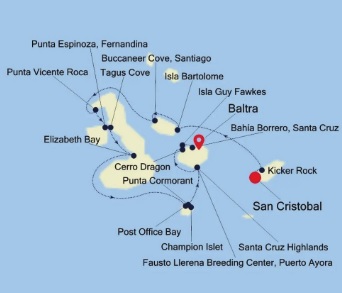
Day 1- SAN CRISTOBAL, SAN CRISTOBAL
Like so many of the islands in the Galapagos, San Cristobal is formed by dormant volcanoes. It lies to the east of the archipelago and is one of the oldest islands in the group. Approximately 8,000 people live on the island, making their living from tourism, fishing, in government offices, or off the rich volcanic soils with some limited farming existing in the highlands. Puerto Baquerizo Moreno on the southwestern tip of the island is the capital city of the Galapagos Islands. A statue of Charles Darwin graces the harbor, marking one of the first places he likely stepped ashore in the 1830s.
Day 1 - KICKER ROCK , ECUADOR
Kicker Rock is the vertical remnant of a former tuff cone less than 5 kilometers to the west of San Cristobal. Both its Spanish name “Leon Dormido” (Sleeping Lion) and English name Kicker Rock implies that it is one rock only -when in fact it is a larger one 300 meters long by 100 meters wide with a maximum height of approximately 150 meters and next to it an obelisk-like rock separated by a narrow channel some 20 meters deep. When approaching Kicker Rock, Blue-footed Boobies, Nazca Boobies and frigatebirds can be observed in the air, while sea lions can be seen along the shore. Snorkelers and divers have reported manta rays, hammerhead sharks, and turtles.
Day 2 - ISLA BARTOLOME, ECUADOR
Our ship anchors in sight of the volcanic moonscape of Isla Bartolomé, at Sullivan Bay. Zodiacs bring guests ashore to ascend a boardwalk of 388 steps. Passing through the arid volcanic landscape provides a chance to watch for lava lizards, Galapagos Hawks, and Blue-footed Boobies. However, the climber’s ultimate reward is one of the most beautiful panoramas in all of the Galapagos Islands – the view towards Pinnacle Rock with black, volcanic cones of Baltra, Daphne Major, and Daphne Minor in the distance. On the way down watch how the sunlight catches the green of pioneering plant species in stark contrast against the dark volcanic rock, and look forward to time swimming and snorkeling from the golden beach.
3 INCLUDED SHORE EXCURSIONS:
Hiking, Zodiac Cruise, and Snorkeling with Silversea Expedition Team
Day 2 - BUCCANEER COVE , SANTIAGO, ECUADOR
Buccaneer Cove is a colorful inlet on Santiago or James Island. It owes its name to some of the first visitors to the area: pirates. They came searching for water, tortoises, and some people say even places to hide their treasures. The erosion has carved caves and shaped some rocks into unique forms such as the Bishop’s Rock. Palo Santo trees and some giant Prickly pear cactus cover the area, and at a distance, you can observe the impressive volcanos of Isabela Island. We will explore the area from our Zodiacs, searching for sea birds such as Nazca Boobies, Blue Footed Boobies, and Swallow-tailed Gulls. We can often find sea turtles and even reef sharks in this place. Also, in Buccaneer Cove, we can observe the two sea lions species: the Galapagos sea lion basking on the beaches and the fur seal looking for shade on the collapsed rocks along the coast.
2 INCLUDED SHORE EXCURSIONS:
Zodiac Cruise and Kayaking with Silversea Team
Day 3 - PUNTA VICENTE ROCA ( ISABELA)
Punta Vicente Roca is one of the marine sites Isabela Island has to offer. On the southern side of Ecuador Volcano, the tip of land on the western end of Isabela is named after Vicente Ramon Roca, President of Ecuador from 1845-49, who as Prefect of Guayas had proposed the Ecuadorian annexation of the Galapagos Islands in 1831. The geological formations, the underwater caves and lava tubes offer fascinating views of the coastline. The South Equatorial Countercurrent hits this part of the archipelago from the west and the water offers abundant food sources for different marine life and seabirds. It is normal to see Pacific green turtles, but sharks, rays, whales and dolphins can also be expected, apart from a small colony of fur seals. Blue-footed Boobies, Nazca Boobies, Brown Noddies and other seabirds nest in the cliffs, and both the endemic Galapagos Penguins and Flightless Cormorants have established small colonies nearby. Marine iguanas also like this area because of the rich variety of seaweeds growing underwater along the western coast of Isabela. As a marine site, deepwater snorkeling is also possible at Punta Vicente Roca.
2 INCLUDED SHORE EXCURSIONS:
Zodiac Cruise, and Snorkeling with Silversea Team
Day 3 - PUNTA ESPINOZA, FERNANDINA
With the gentle slopes of La Cumbre volcano in the distance, the low, lava-forged coast of Punta Espinoza on Fernandina Island is a spectacular sight. Hundreds of marine iguanas rest on the black rock of recent lava flows absorbing heat from the stone and defending their territories against one another. Galapagos sea lions and their pups also take shelter here, resting on the beach and playing in the shallow tide pools sprinkled along the coast. Walk past high sandy areas where marine iguanas lay their eggs and along low, shallow mangrove ponds ringed with bright red Sally Lightfoot crabs and Flightless Cormorants drying their stubby wings in the sunshine.
1 INCLUDED SHORE EXCURSION:
Hiking with Silversea Expedition Team
Day 4 - TAGUS COVE (ISABELA)
Tagus Cove is bordered by a steep rocky coastline and has for centuries offered shelter for ships and yachts. The cove is named after the British frigate HMS Tagus visiting the Galapagos in 1814. On approach Galapagos Penguins and Flightless Cormorants –both birds mainly found on Isabela’s west coast and neighboring Fernandina- are often seen. From the landing, a trail through an incense tree forest leads past Darwin Lake to a viewpoint on top of a spatter cone. During the hike, several land birds including Medium Ground-Finches, Galapagos Hawks, Yellow Warblers as well as Large-billed Flycatchers are often present. Brown Noddies and Blue-footed Boobies prefer the rocks along the shore.
4 INCLUDED SHORE EXCURSIONS:
Zodiac Cruise, Hiking, Kayaking and Snorkeling with Silversea Expedition Team
Day 4 - ELIZABETH BAY (ISABELA)
Elizabeth Bay is one of the marine sites on Isabela’s west coast. South of Alcedo Volcano and north of Sierra Negra, Elizabeth Bay is found at Isabela’s narrowest east-west extension where the lava flows of these two volcanoes have connected each other. Elizabeth Bay’s shores show mangroves and specifically the easternmost part, a cove that can only be entered via a narrow channel, has red, white, and black mangroves. Different animals prefer different parts of Elizabeth Bay. Las Marielas, three rocks at the entrance to the bay, are favored by Blue-footed Boobies, Flightless Cormorants, and Galapagos Penguins as a resting place, while the mangrove area is preferred by Great Blue Herons for hunting or the Magnificent Frigatebirds for perching. The bay is used by turtles, rays, and even sharks for feeding or resting. The shallow water and the root system of the mangroves in the small inlet allow smaller fish to hide from bigger predators.
1 INCLUDED SHORE EXCURSION:
Zodiac Cruise with Silversea Expedition Team
Day 5 -POST OFFICE BAY ( FLOREANA)
Floreana’s Post Office Bay has received its name as the site was used to leave mail for retrieval by others who were thought to stop at the Galapagos Islands or might be heading for the addressee’s direction. Today a barrel instead of the original box is used by visitors who leave their own postcards and retrieve mail for hand delivery. Apart from the beach and mail barrel, the bay offers good swimming and snorkeling. The area holds remains of a failed Norwegian fish canning plant and settlement dating back to the 1920s.
4 INCLUDED SHORE EXCURSIONS:
Hiking, Kayaking, Snorkeling, and Expedition activities with Silversea Expedition Team
Day 5 -CHAMPION ISLET (FLOREANA)
Champion Islet is a small islet some 700 meters off the northeast coast of Floreana. It is one of four marine sites surrounding Floreana and offers excellent deepwater snorkeling opportunities. Curious sea lions approach the snorkelers while turtles slowly swim by and sharks, sting rays, and a high diversity of colorful fishes can usually be seen. During a Zodiac cruise around Champion Islet, not only seabirds such as Nazca Boobies, Swallow-tailed Gulls, or Red-billed Tropicbirds will be seen, it is also possible to spot the rare Floreana Mockingbird.
1 INCLUDED SHORE EXCURSION:
Snorkeling with Silversea Expedition Team
Day 5 -PUNTA CORMORANT (FLOREANA), ECUADOR
Floreana Island’s northernmost point is called Punta Cormorant – named after the British naval vessel HMS Cormorant and dating back to the late 19th century. From the landing beach, a short track leads to a shallow lagoon that is famous for its flamingos. The brilliantly pink birds skim the salty waters for shrimp and tend to chicks on the nest. The trail then scales a low hillside through scattered Palo Santo trees to reveal an idyllic white-sand beach on the other side of the point. Standing at the edge of the lapping waves, you might spot mammoth female sea turtles hauling themselves out of the sea to lay eggs in the sugar sand dunes that lay high above the tide line. Before returning to the landing site your guides may also point out White-cheeked Pintails, Blue-footed Boobies, Yellow Warblers, and Medium and Small Ground Finches.
1 INCLUDED SHORE EXCURSION:
Hiking with Silversea Expedition Team
Day 6 - SANTA CRUZ HIGHLANDS, ECUADOR
Santa Cruz Island reaches a maximum altitude of 864 meters (2,835 ft) above sea level; at high altitudes, weather changes create microclimates. The species of flora and fauna found near the shoreline are extremely different from those on the highlands. Life in the highlands is much easier due to the presence of freshwater, from the constant drizzle that happens during the dry season to heavy rains that occur during the wet season. Local people take advantage of this climate to cultivate a large number of crops and giant tortoises love this ideal weather to mate, feed, and rest before their next long migration to the shorelines.
1 INCLUDED SHORE EXCURSION:
Hiking with Silversea Expedition Team
Day 6 -FAUSTO LLERENA BREEDING CENTER, PUERTO AYORA ( SANTA CRUZ)
Silver Origin will anchor in front of Puerto Ayora, Santa Cruz, where the prestigious Charles Darwin Research Station is located. The station also houses the Fausto Llerena Breeding Center for giant tortoises and land iguanas where guides interpret the center’s captive breeding and reintroduction programs. In addition to these star species, throughout the station, there are huge prickly pear cactus trees being fed upon by the pretty Galapagos Cactus Finch. To round out the stay in Puerto Ayora, enjoy free time in town where local artists have created charming art galleries and corner cafés.
2 INCLUDED SHORE EXCURSIONS:
Hiking and Expedition activities with Silversea Expedition Team
Day 7 -CERRO DRAGON ( SANTA CRUZ)
A dry landing onto volcanic rock covered by Sally light-footed crabs will welcome you as you disembark for this walk discovering Cerro Dragon. Enjoy this visit that mixes a brackish water lagoon inhabited by shorebirds, some elusive pink flamingos and a volcanic rock cover dry enough to be the perfect ecosystem for the Galapagos land iguana. Search for this iconic Galapagos inhabitant that populates this area of Santa Cruz.
2 INCLUDED SHORE EXCURSIONS:
Hiking and Snorkeling with Silversea Expedition Team
Day 7 -ISLA GUY FAWKES
Guy Fawkes is a group of four islets situated on the northwestern side of Santa Cruz Island. They are satellite cones, surrounded by deep waters. As they rise from the deep, they intercept with the strong sea currents making the area a place full of life. These small islets have beautiful underwater cliffs covered with all sorts of marine invertebrates such as sponges, corals, sea stars, urchins — making it a very colorful place for deep water snorkeling. Due to the conditions mentioned above, it results in some immense aggregations of fish, and, due to the depth of the water, it is not unusual to find Sharks or Manta Rays. Guy Fawkes is one of the most exciting places to deep water snorkel.
1 INCLUDED SHORE EXCURSION:
Deep Water Snorkeling with Silversea Expedition Team
Day 7 -BAHIA BORRERO, SANTA CRUZ
In the northern area of Santa Cruz Island, Bahía Borrero is a beautiful white coralline beach used as a nesting site by Green Sea turtles. Behind the dunes, we have a forest of typical vegetation from the arid zone: Palo Santo, Leather leaf, and Salty bushes. This vegetation welcomes Yellow Warblers, and some of the most characteristic species of Darwin Finches, such as the Common Cactus Finch or the Small Ground Finch. This extinct volcano, due to its altitude, shows all the different zones of vegetation, changing from the littoral to the arid, and then with more moisture into the humid zone, to end in the dry pampa zone. It is an impressive landscape to enjoy while you swim in the turquoise waters of the bay or have a nice relaxing walk along the beach.
2 INCLUDED SHORE EXCURSIONS:
Hiking and Expedition activities with Silversea Expedition Team
Day 8 -BALTRA, ECUADOR
When traveling in remote regions tide, wind, ice, and weather conditions determine the details of our itinerary. While we will do our best to maintain all suggested activities, some of these may be subject to change. Come with an open mind and a great sense of adventure, together we can turn any voyage into a wonderful Expedition.

